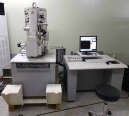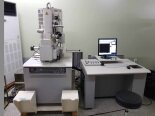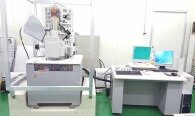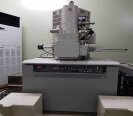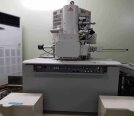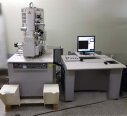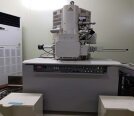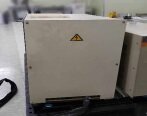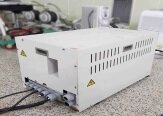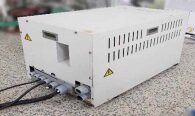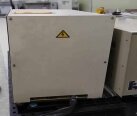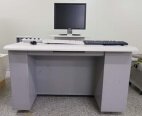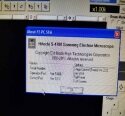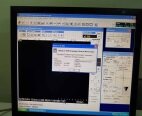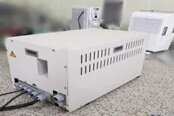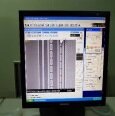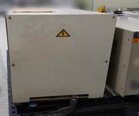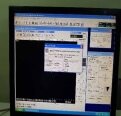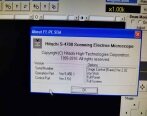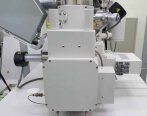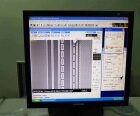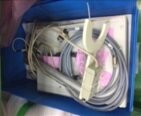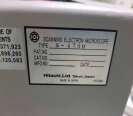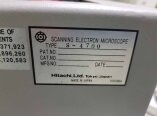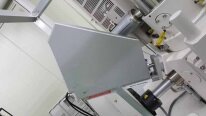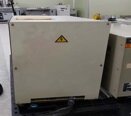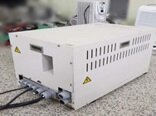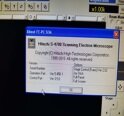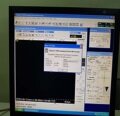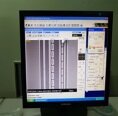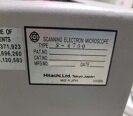Used HITACHI S-4700 Type II #9226563 for sale
URL successfully copied!
Tap to zoom
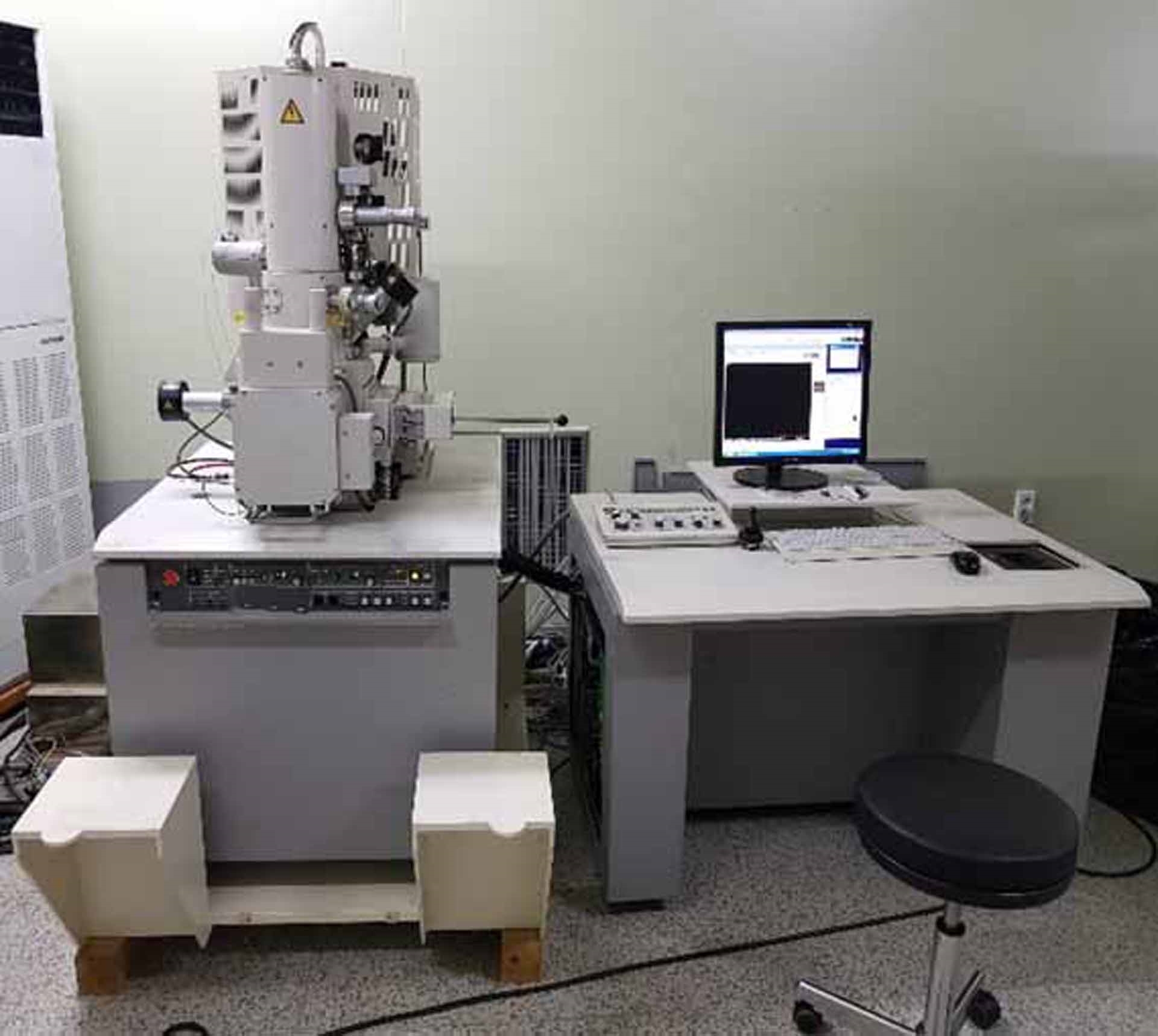

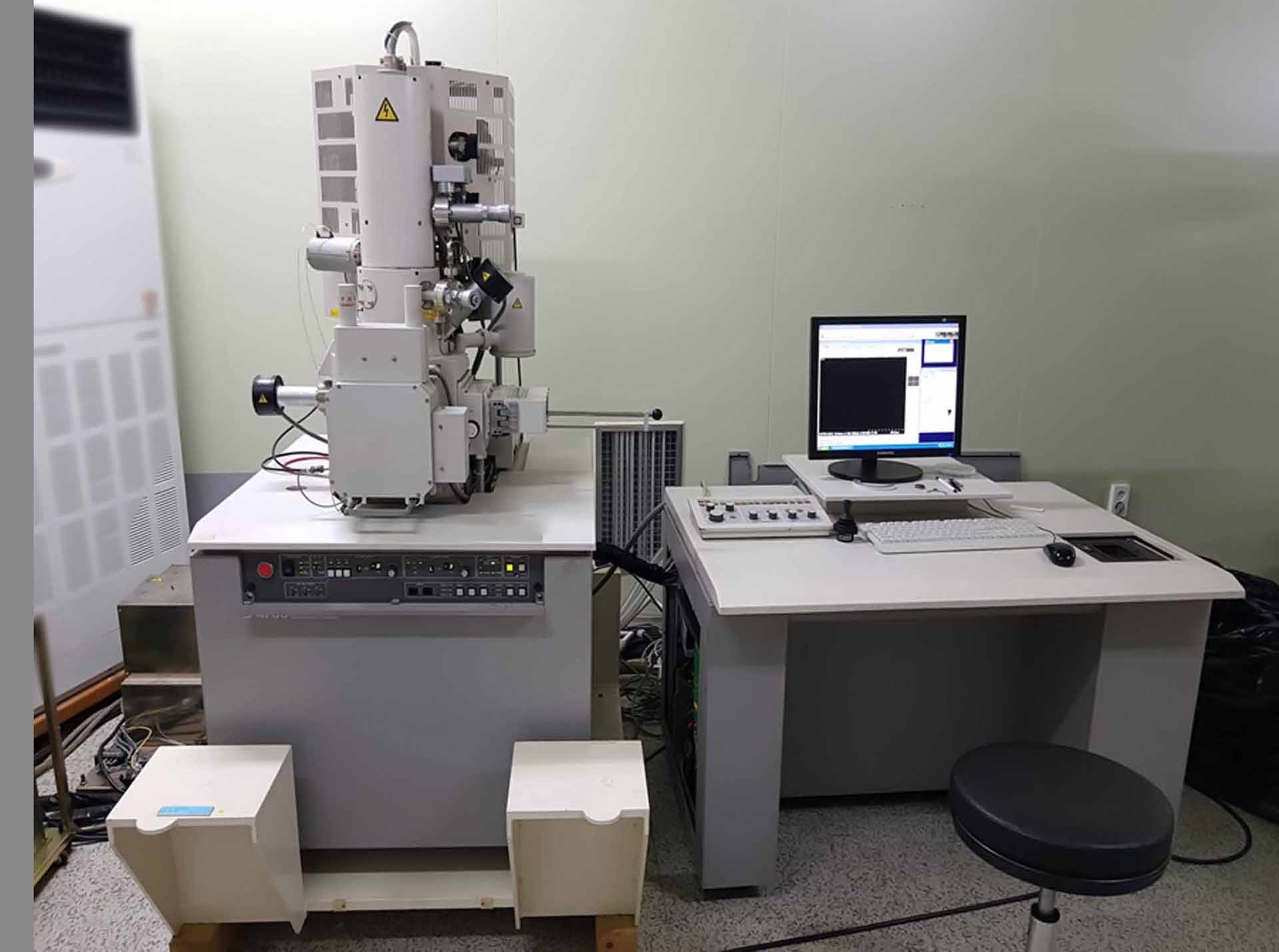

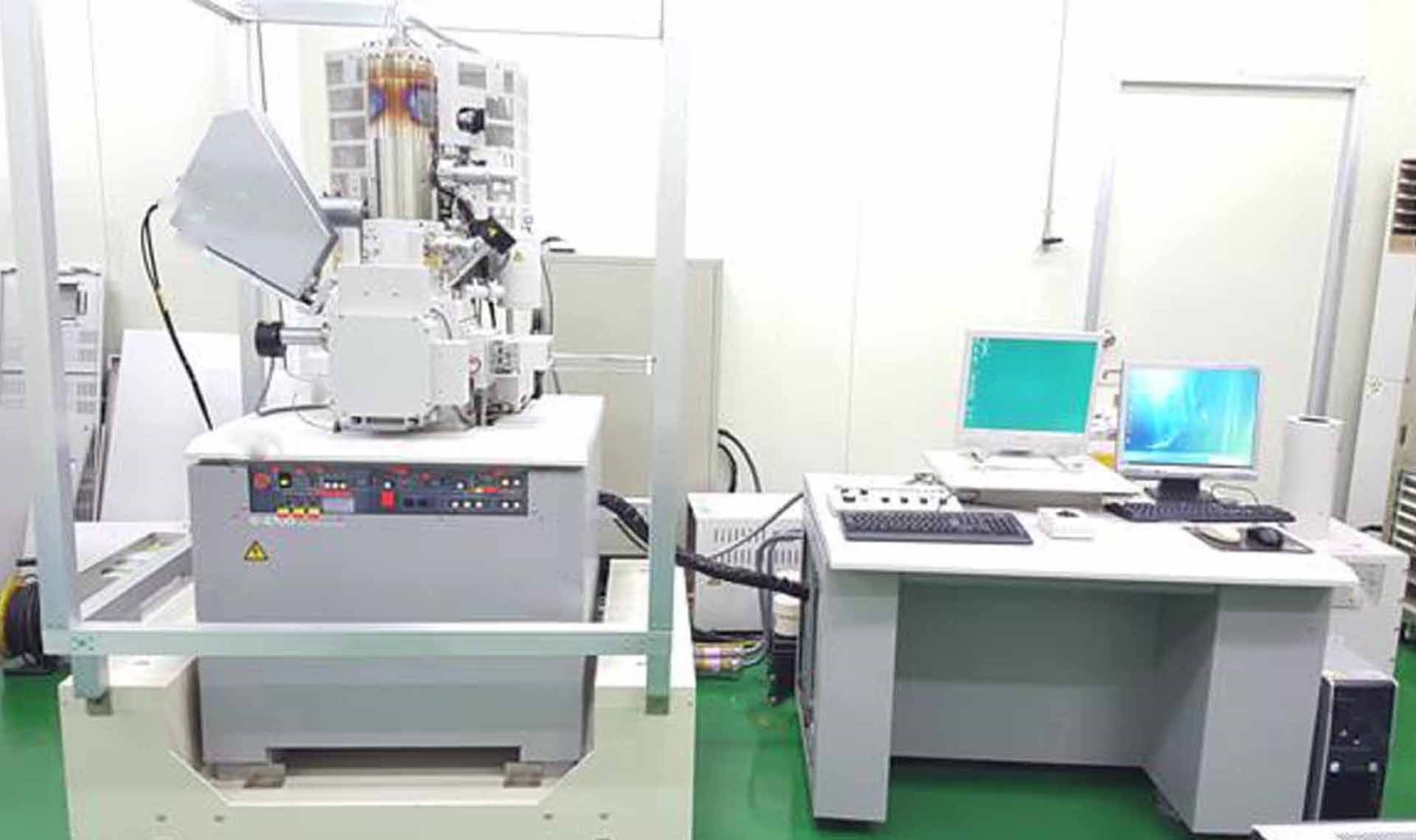

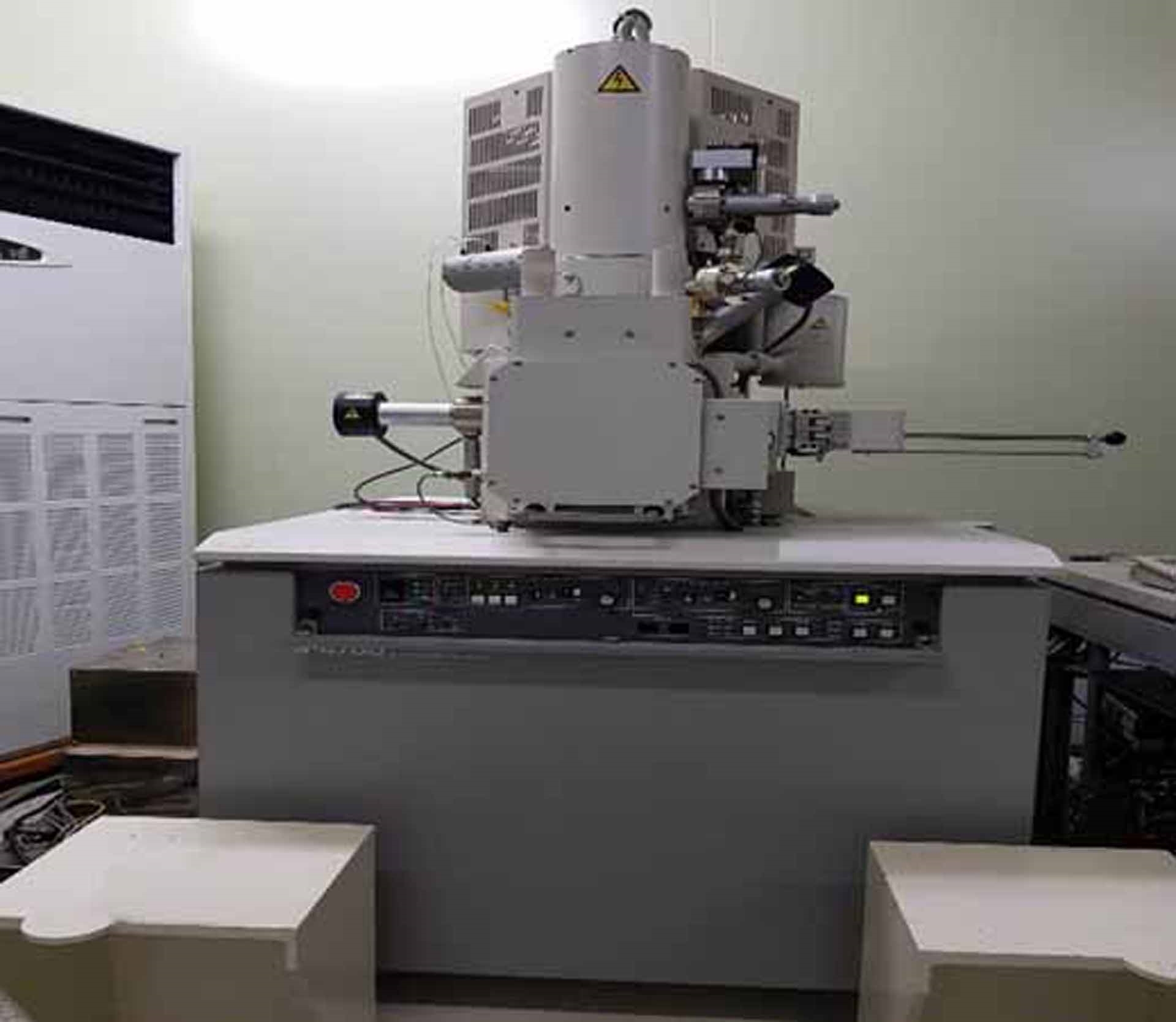

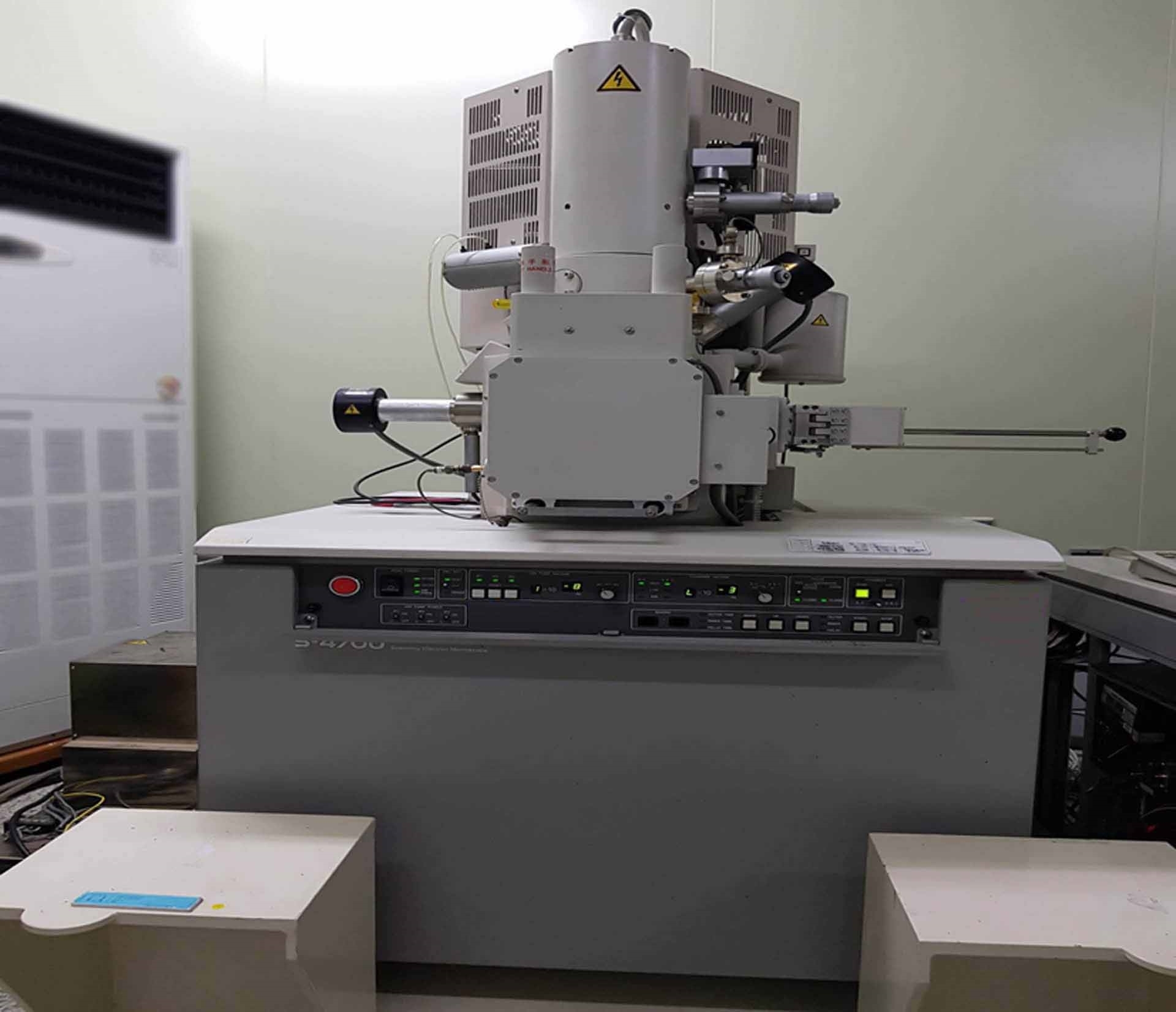

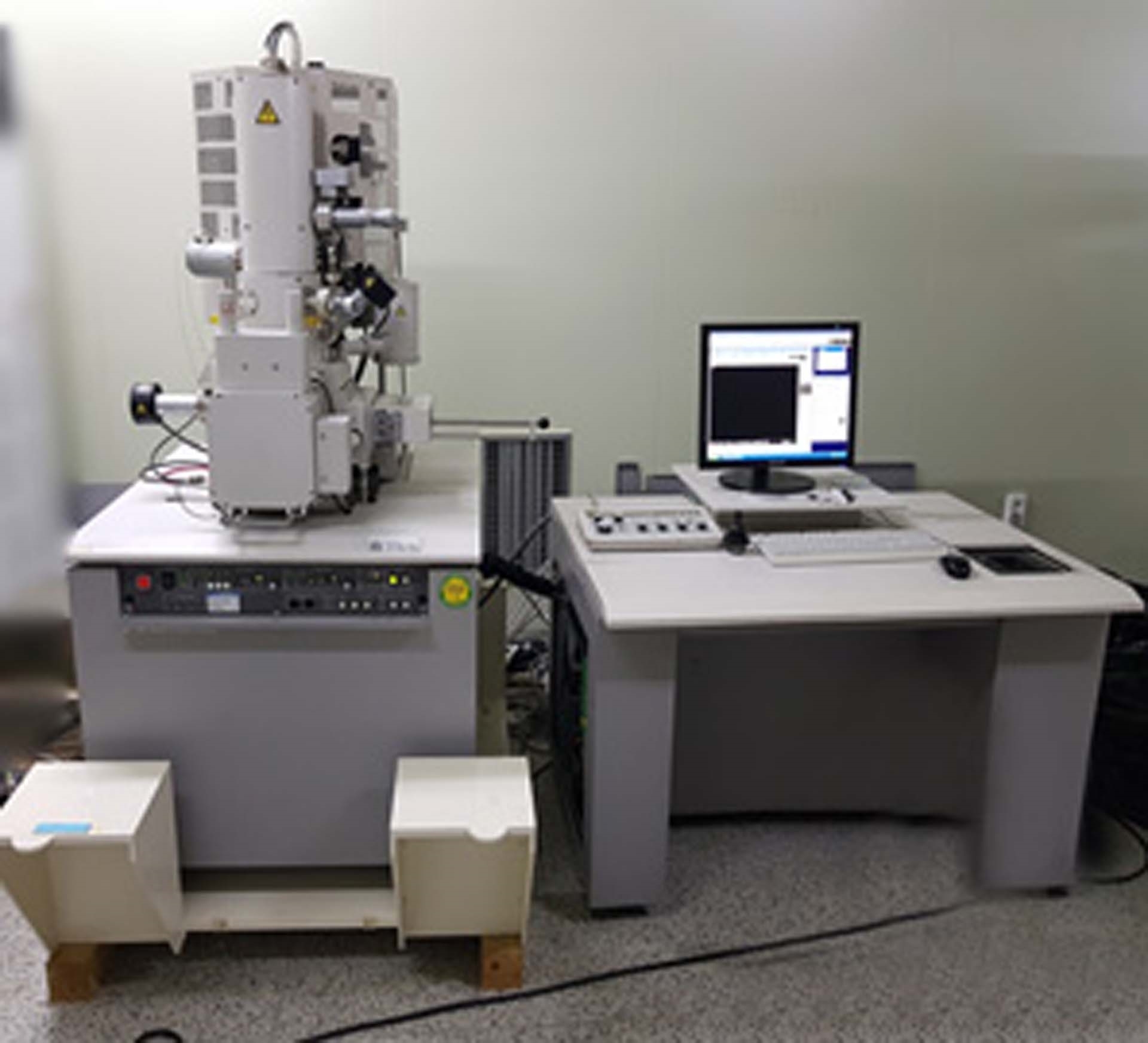

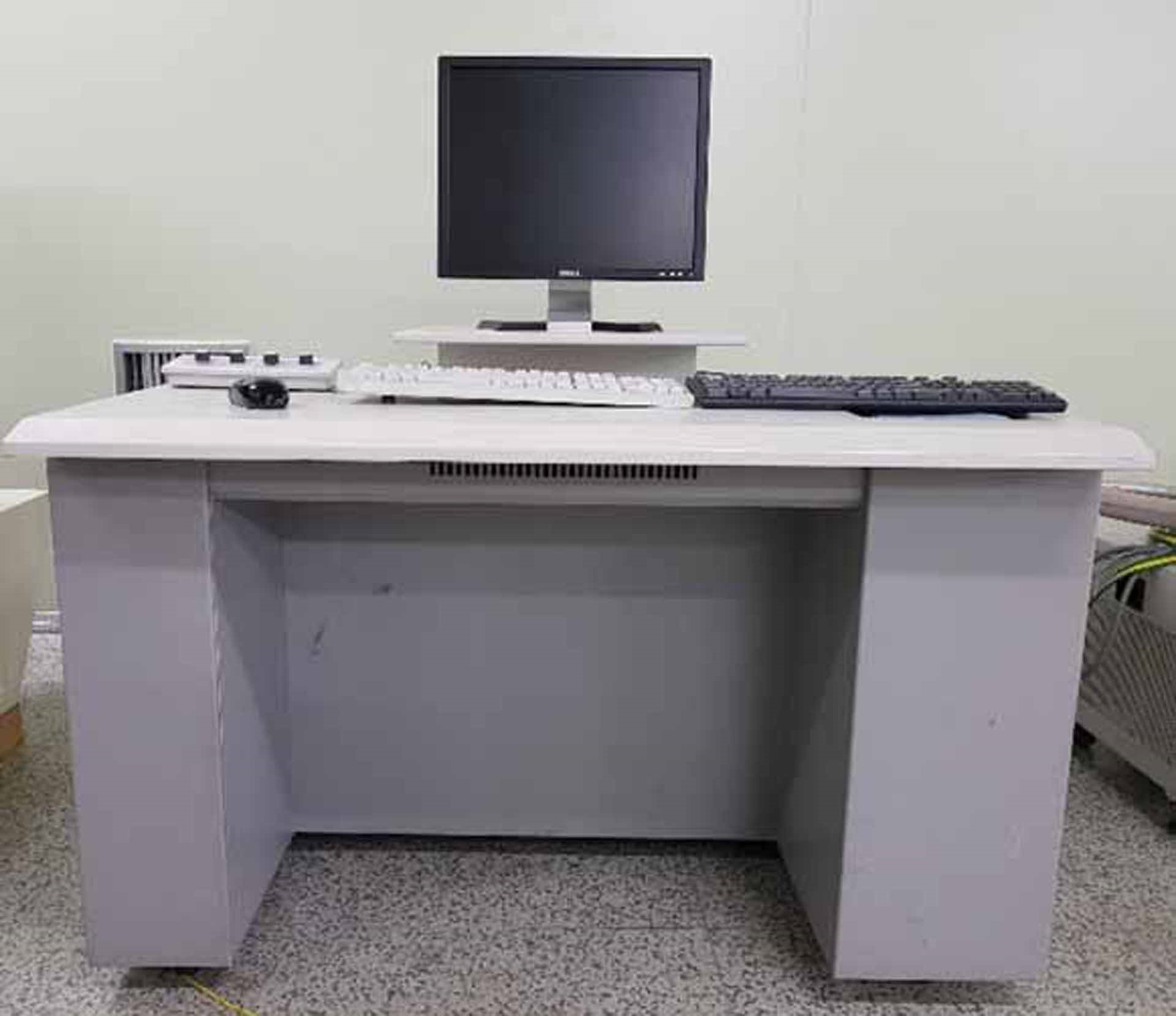

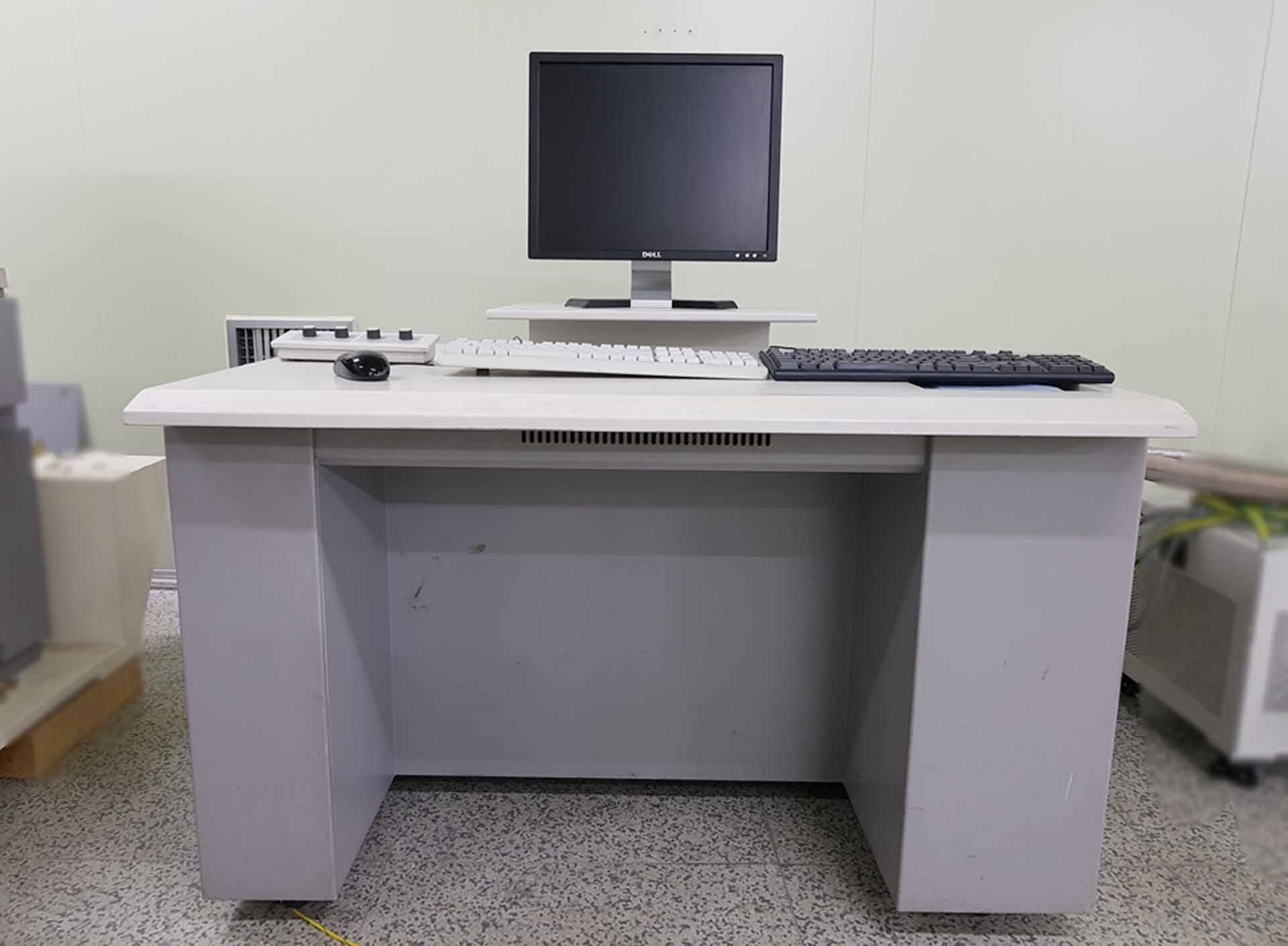

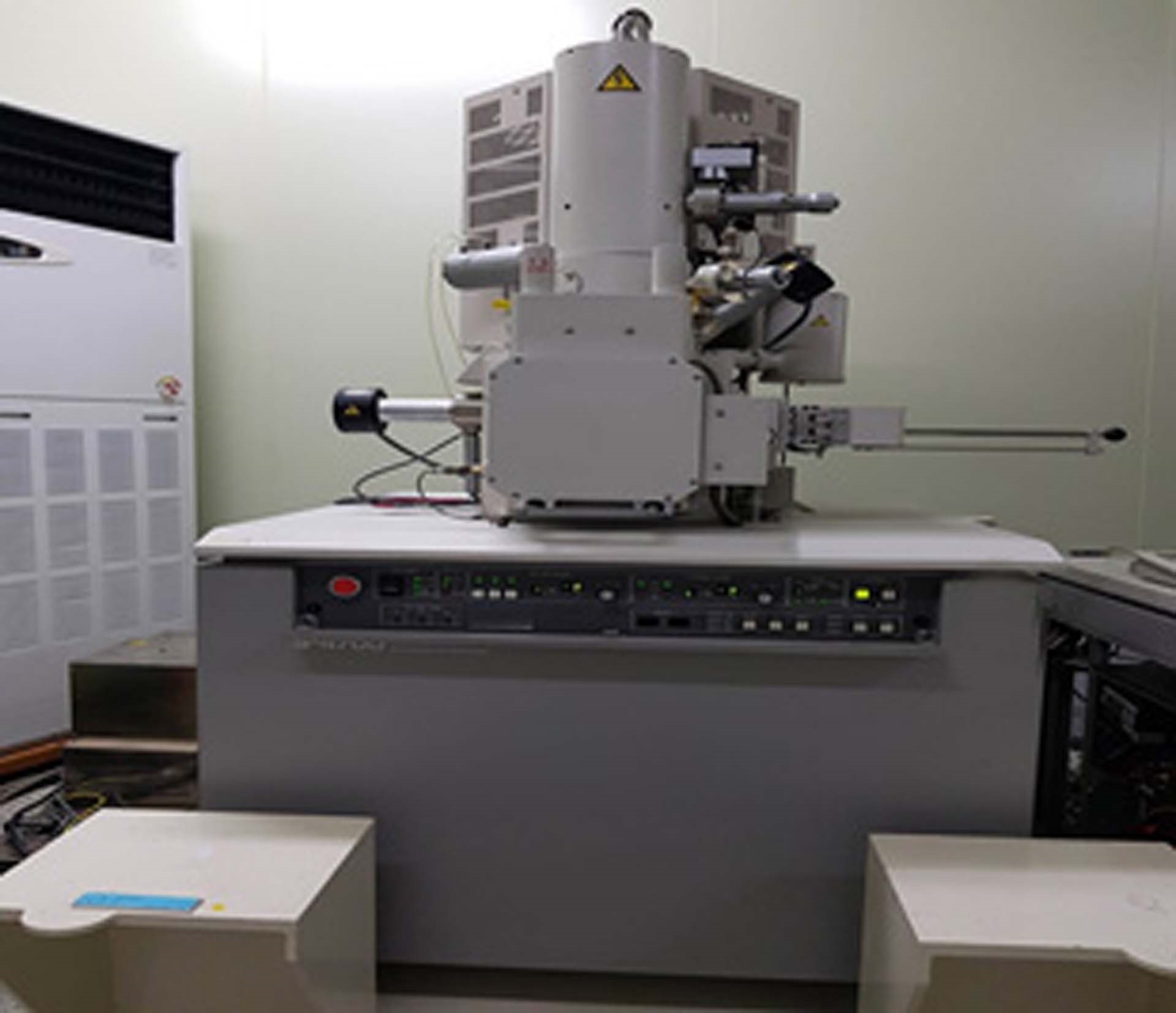

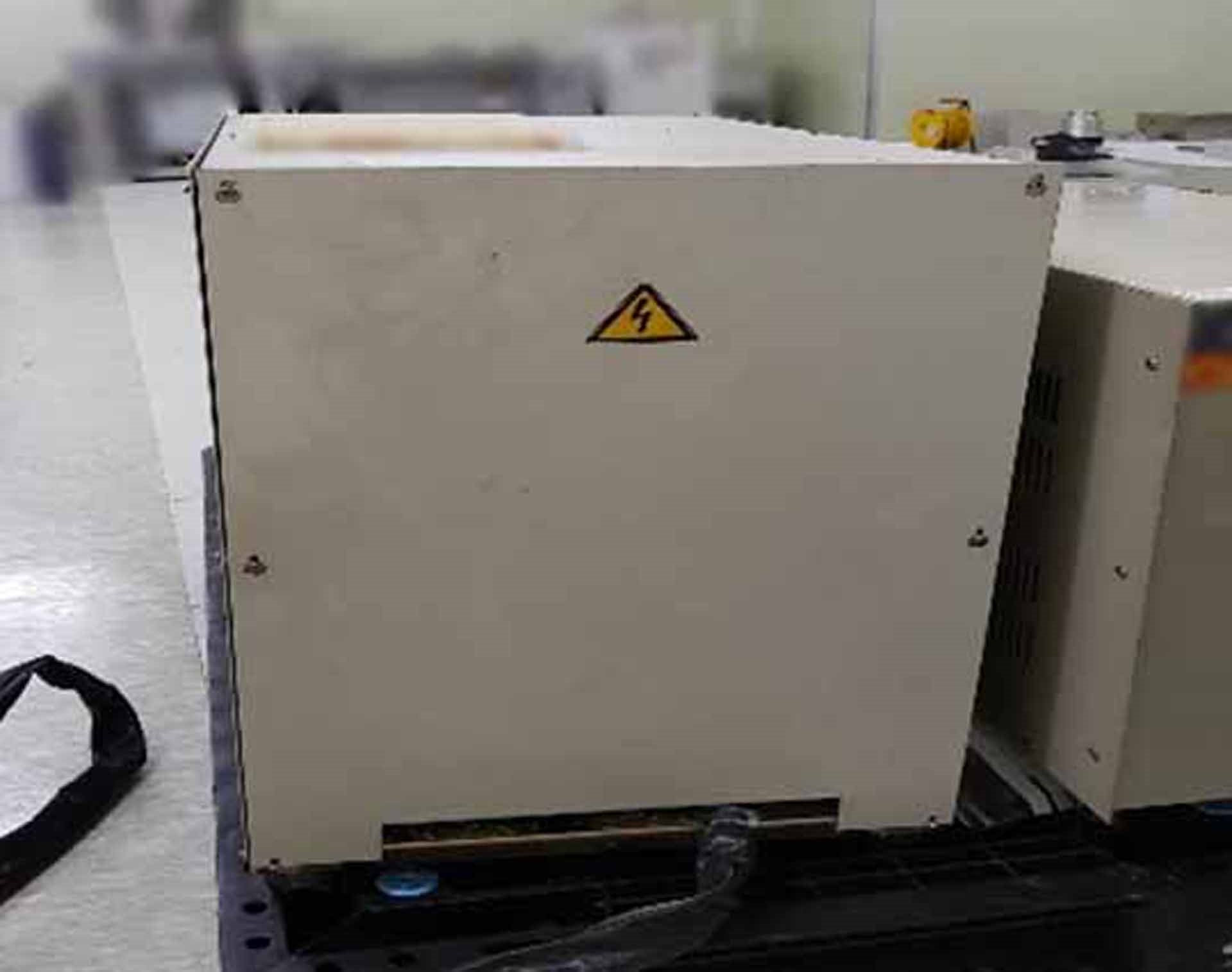

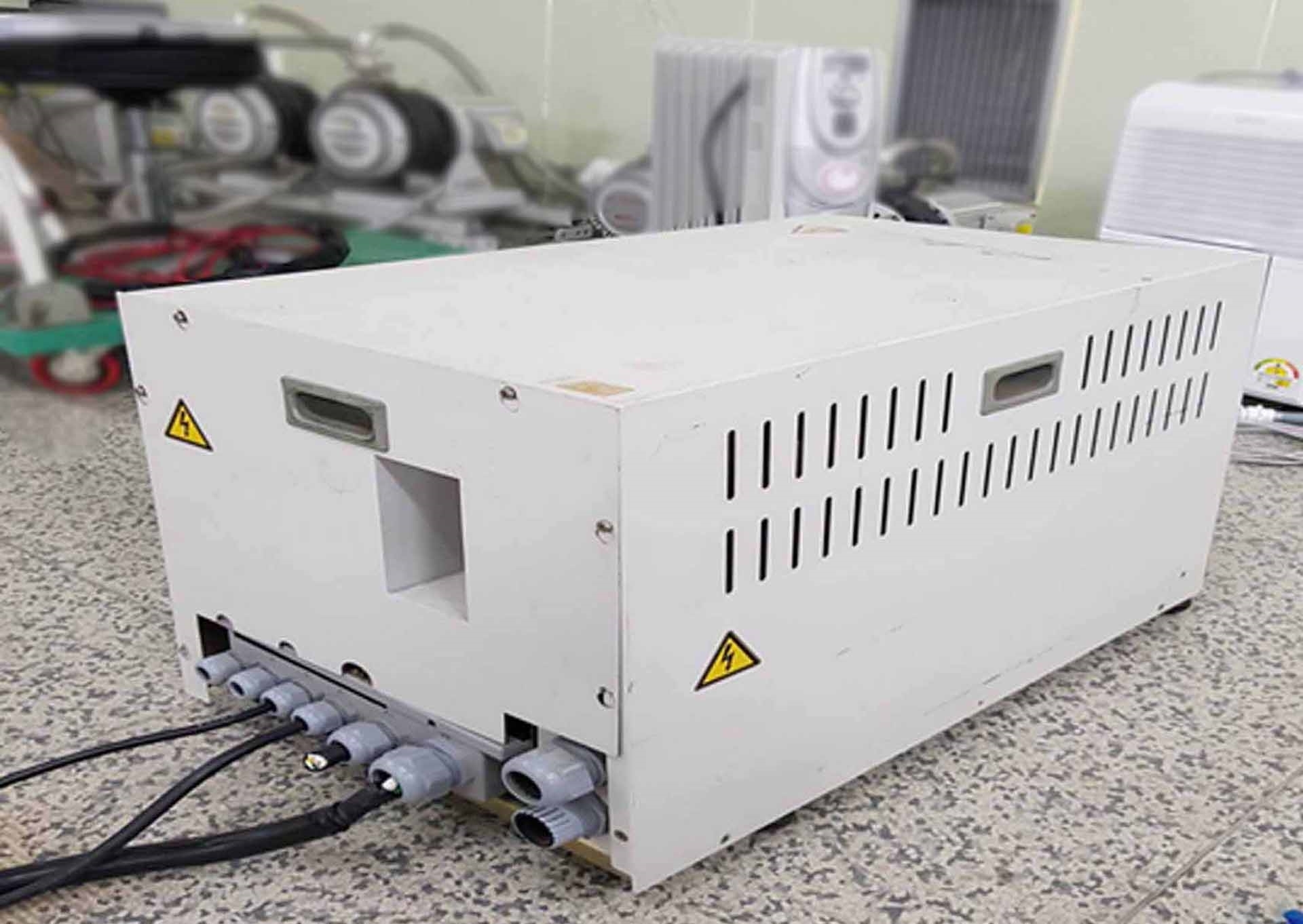

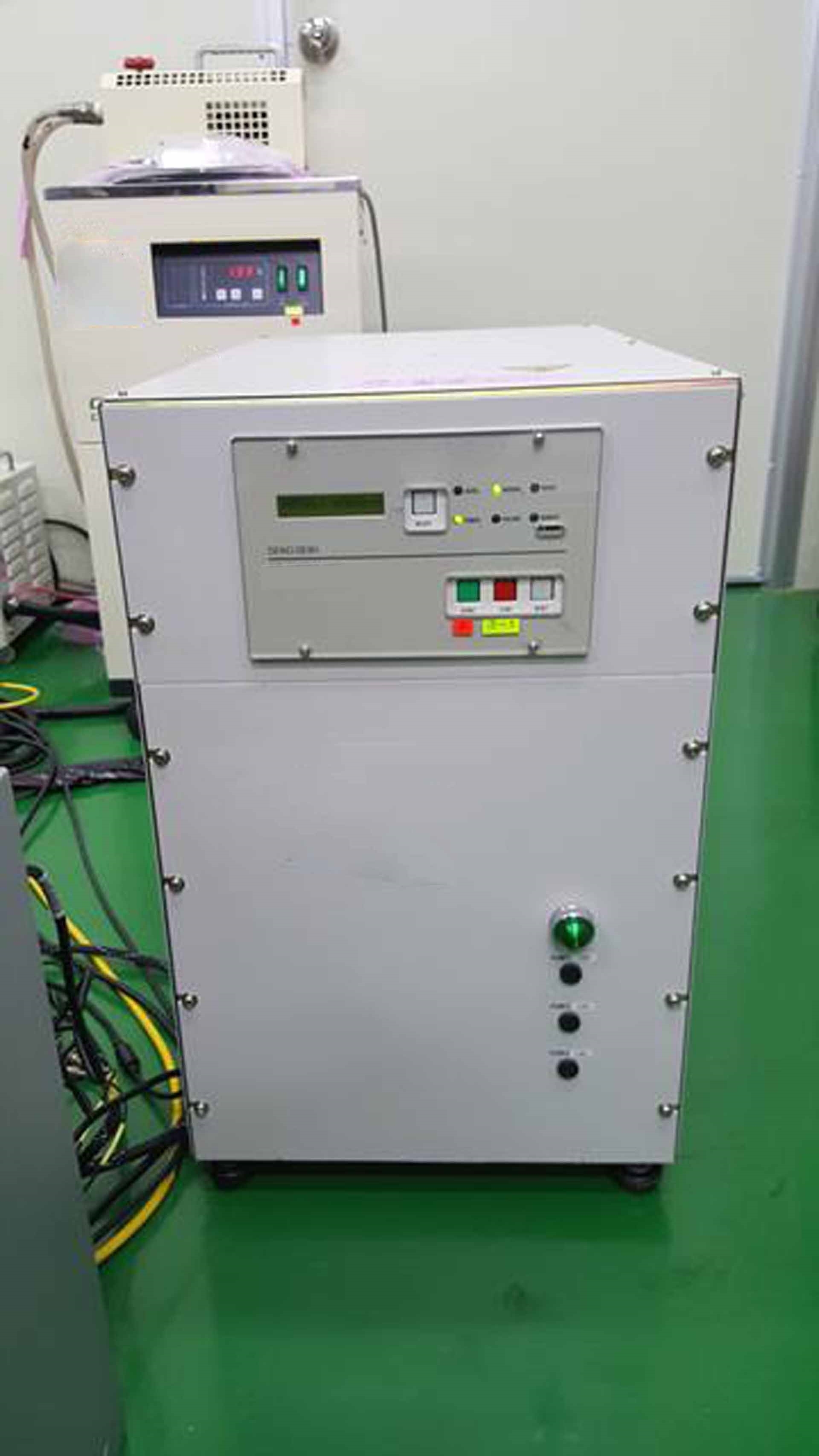

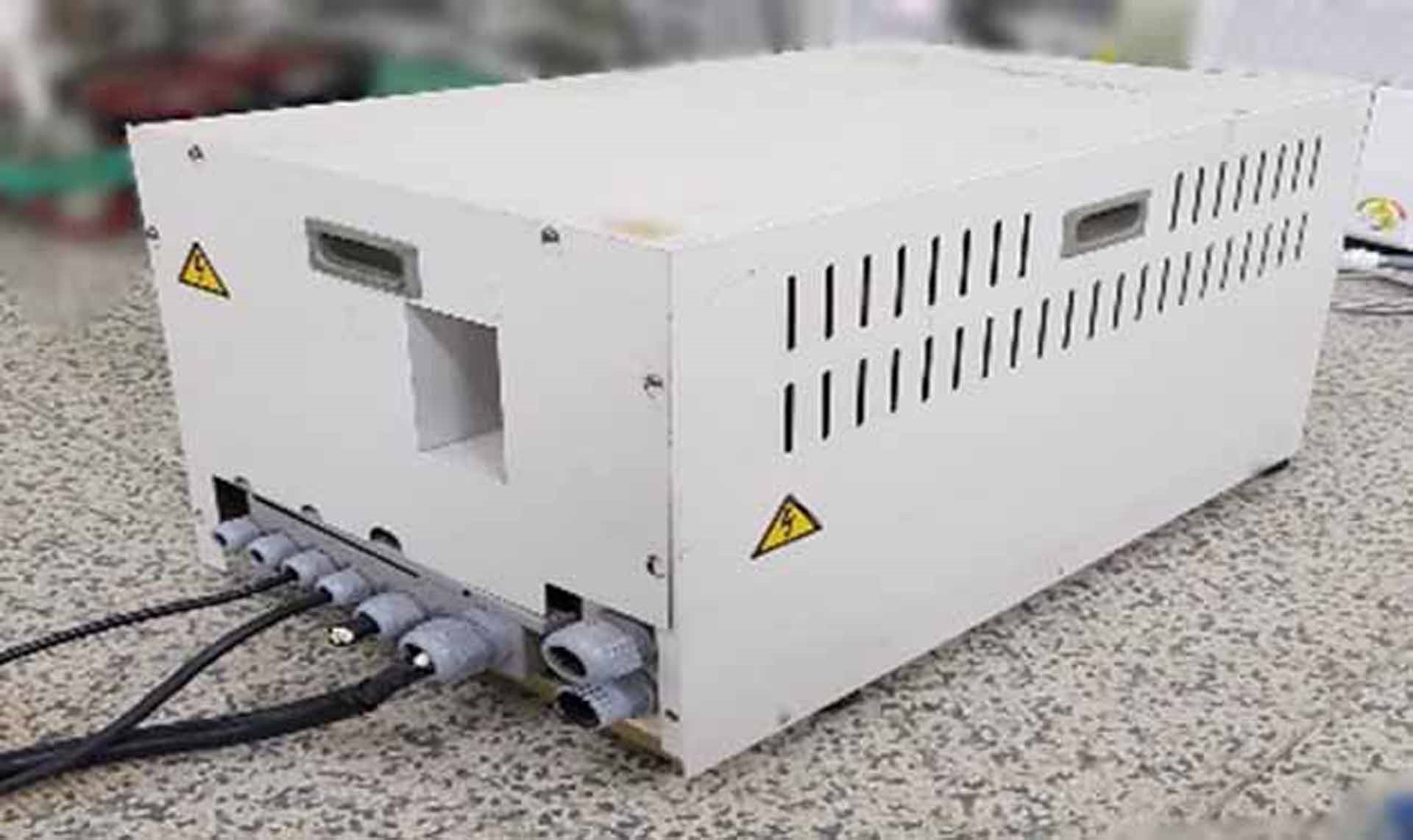

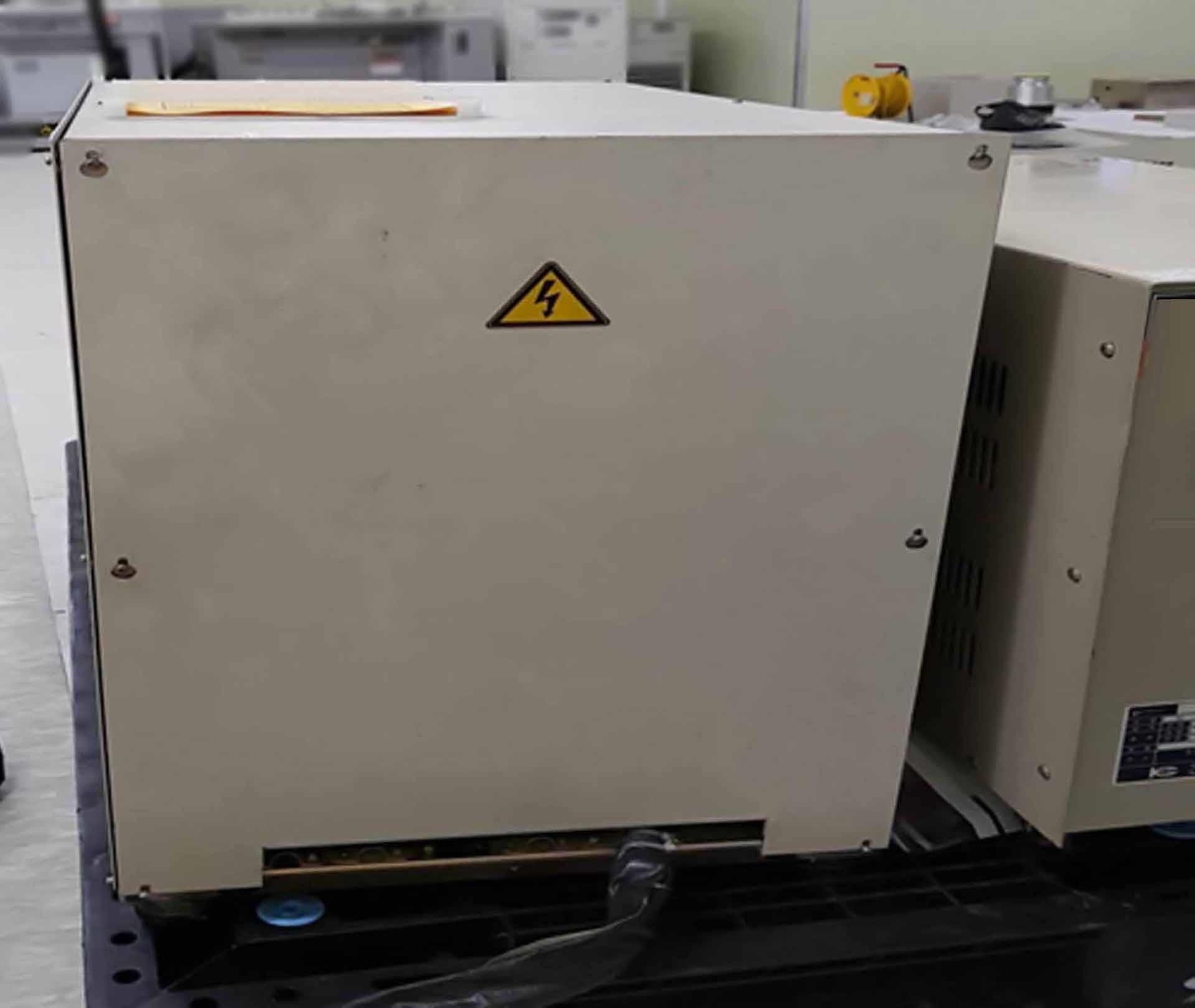

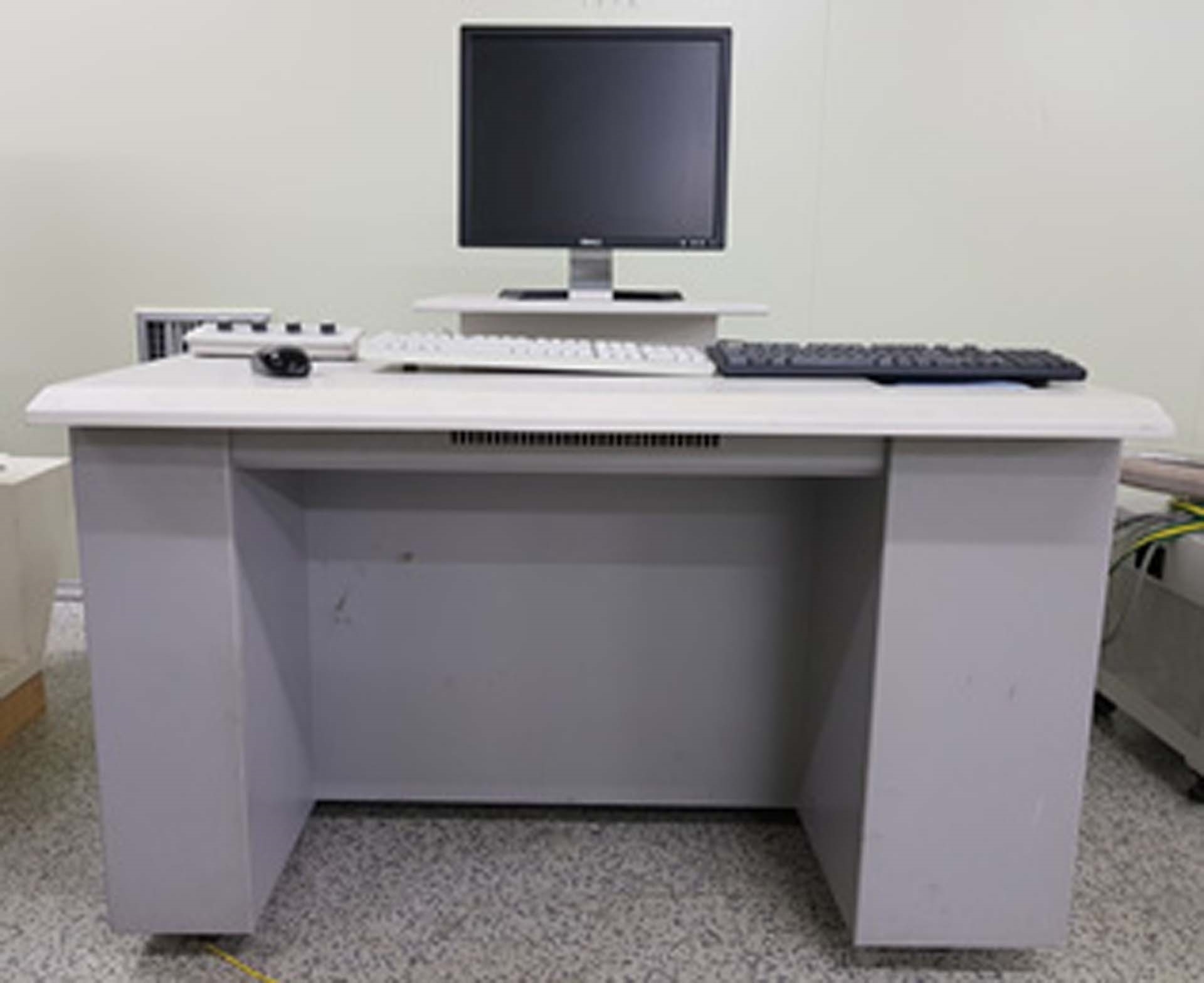

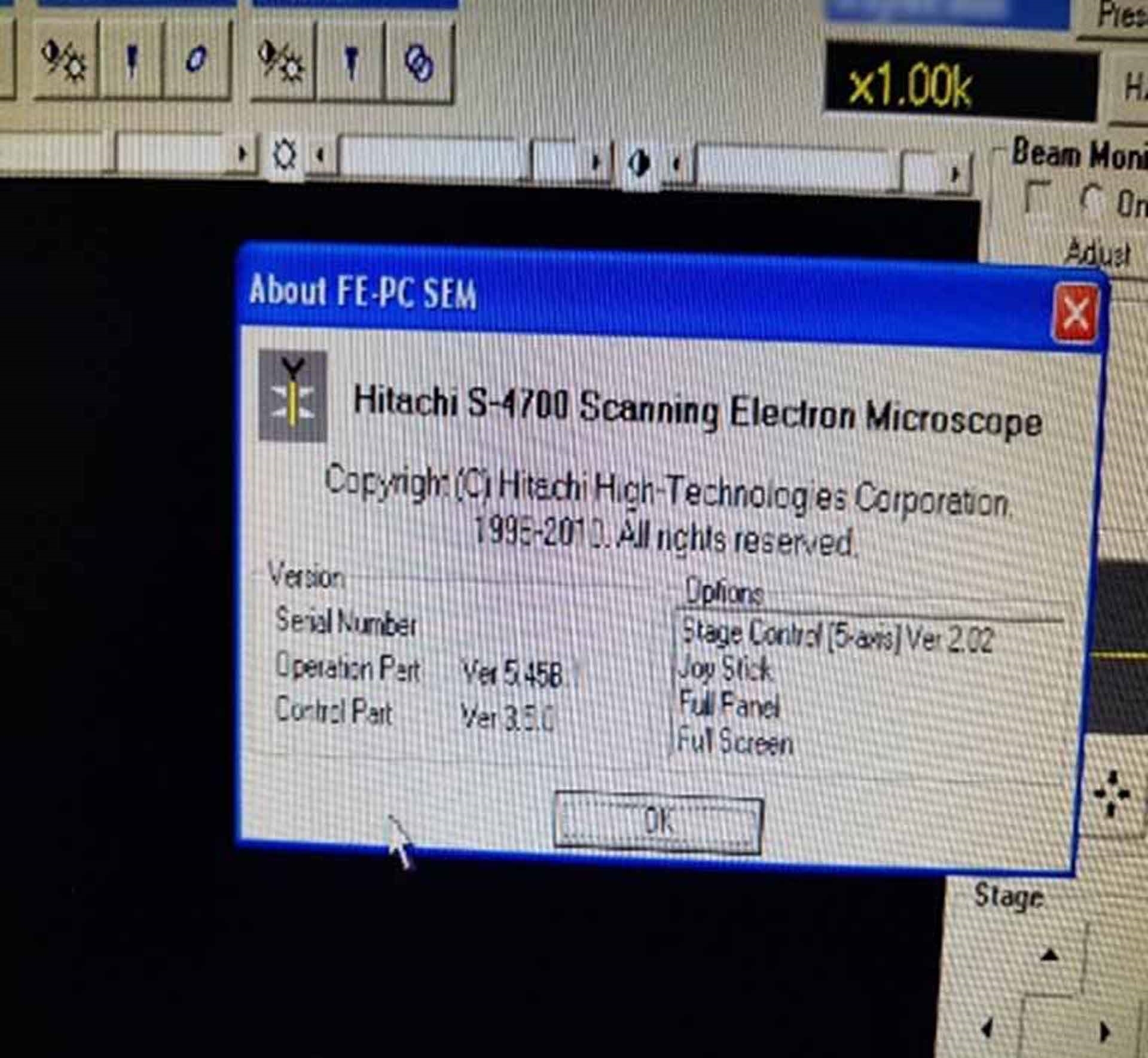

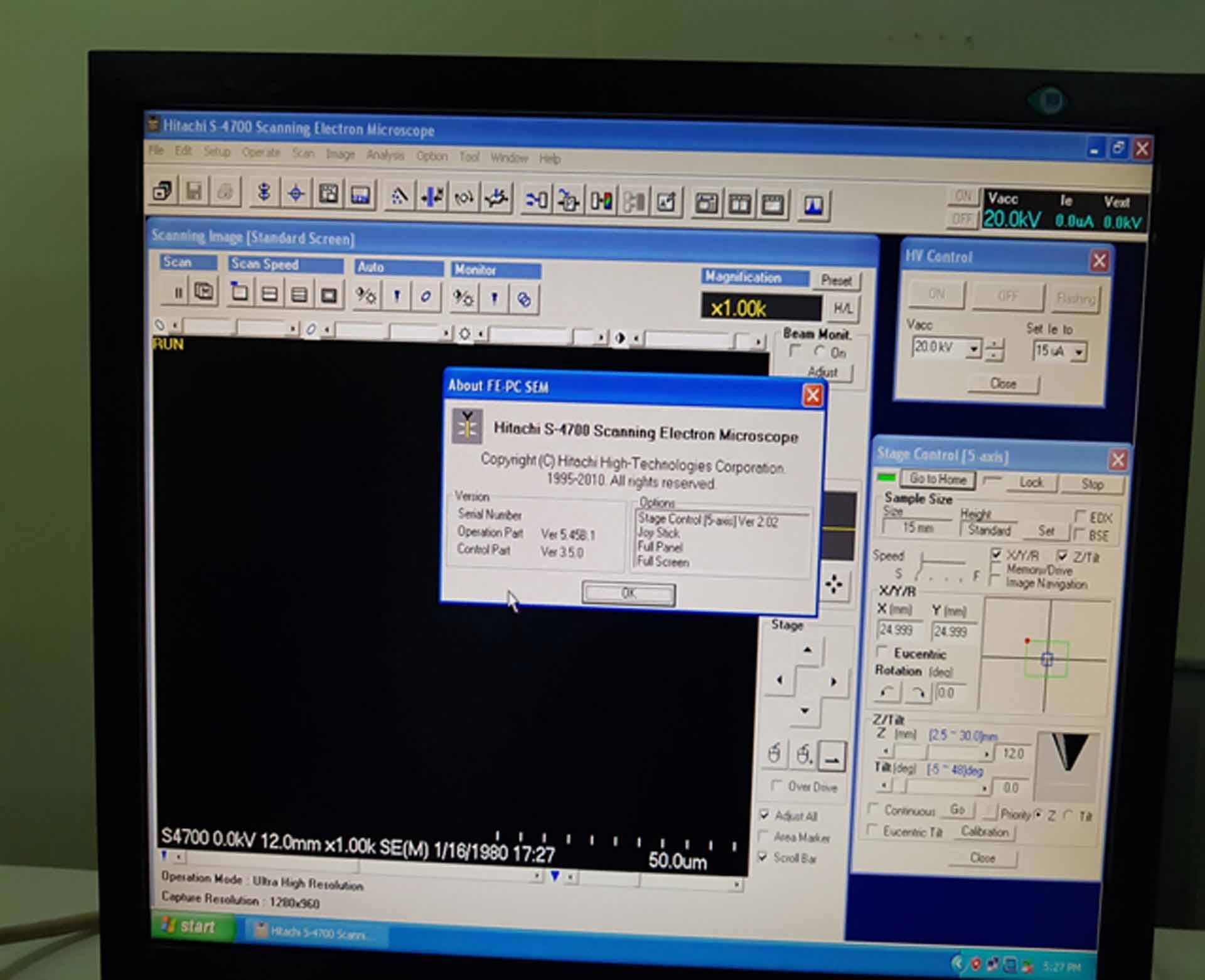

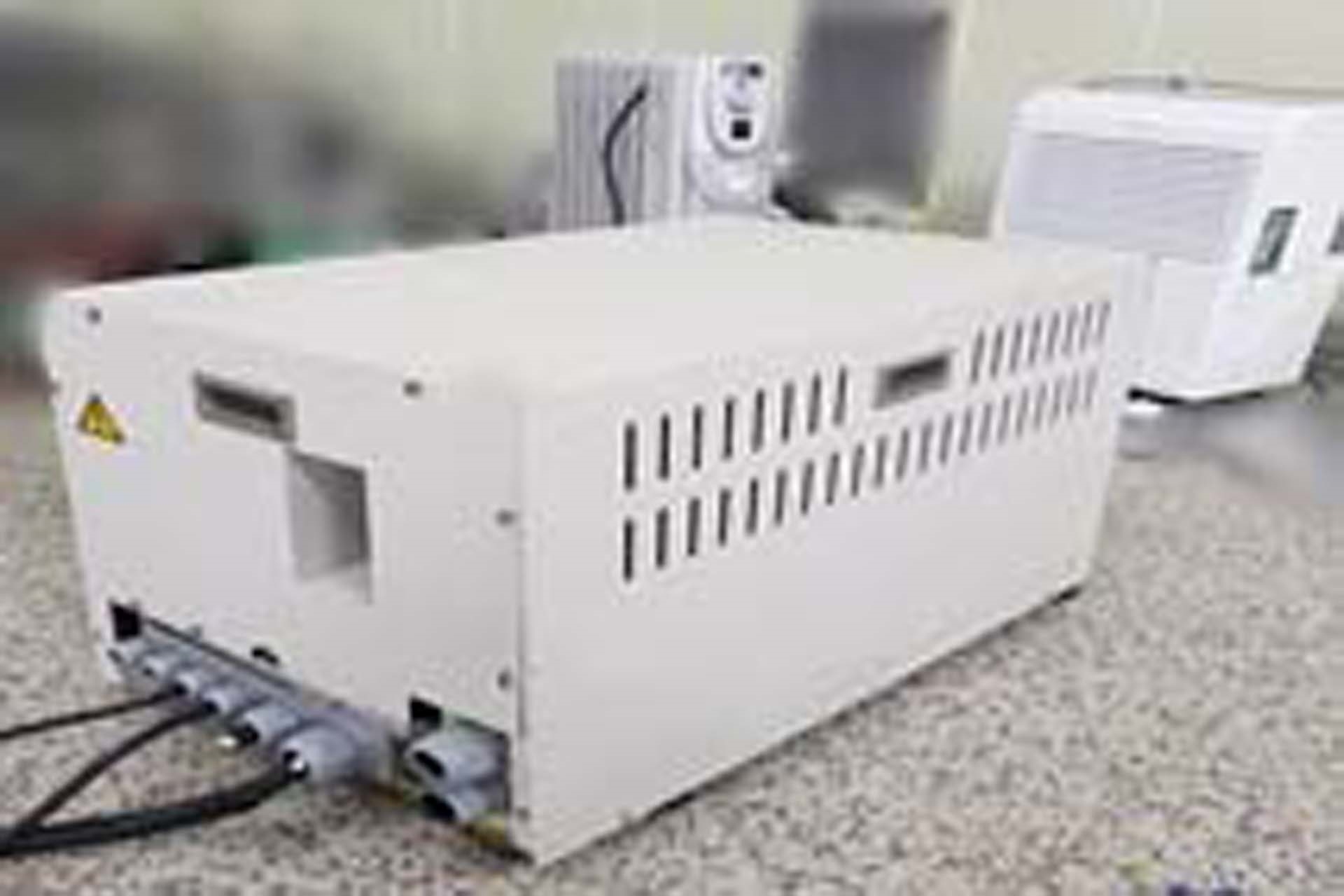

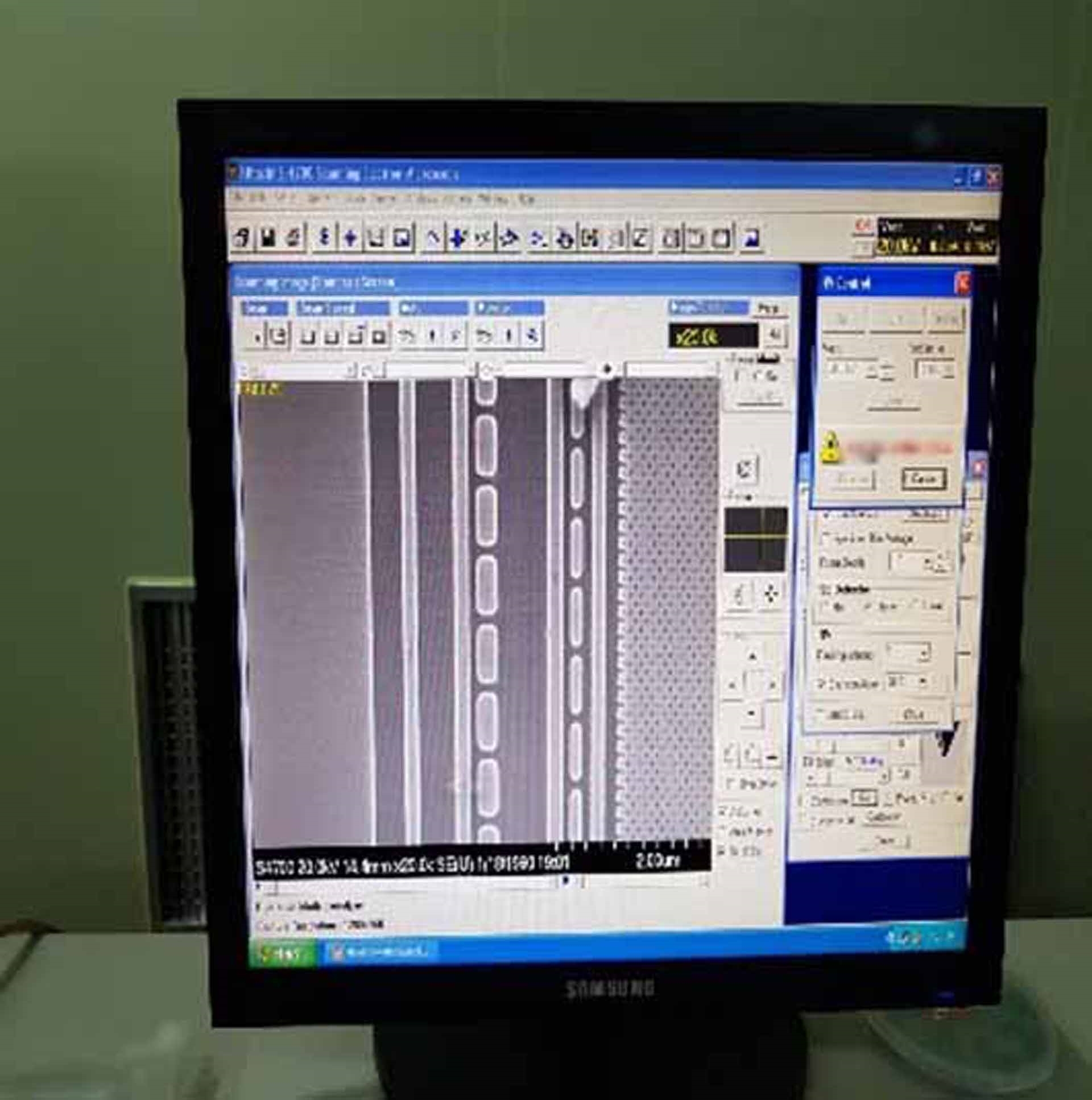



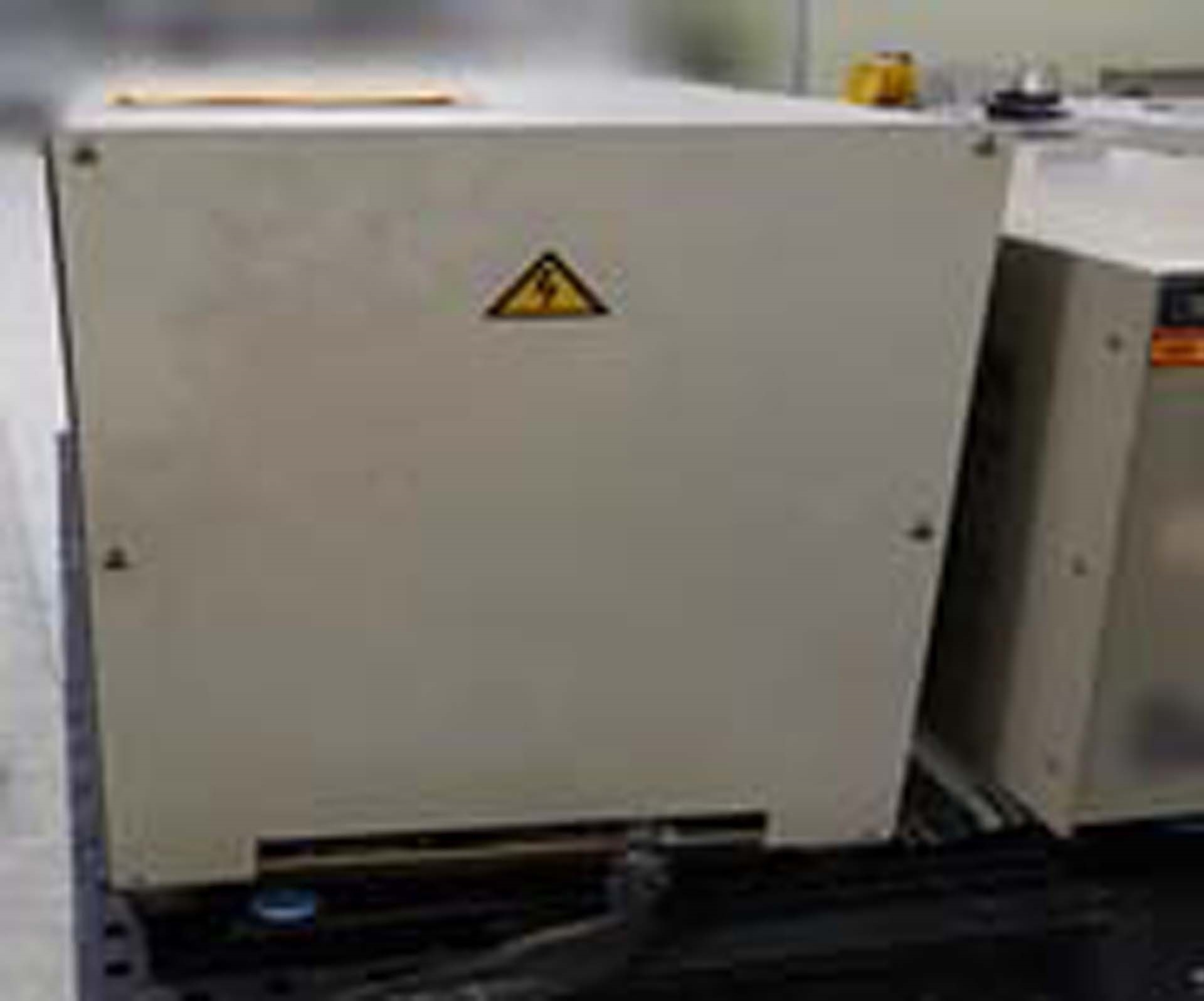

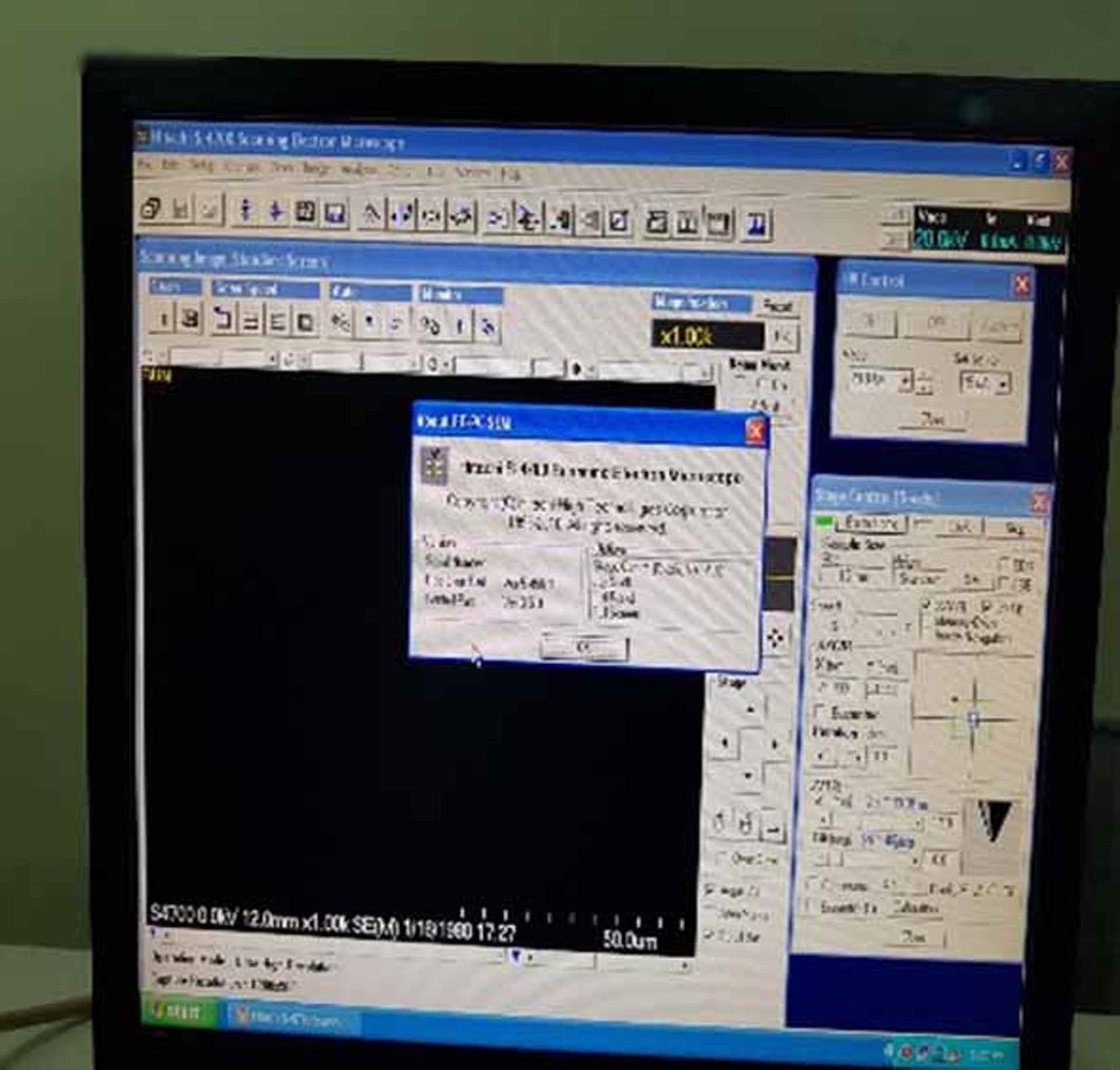

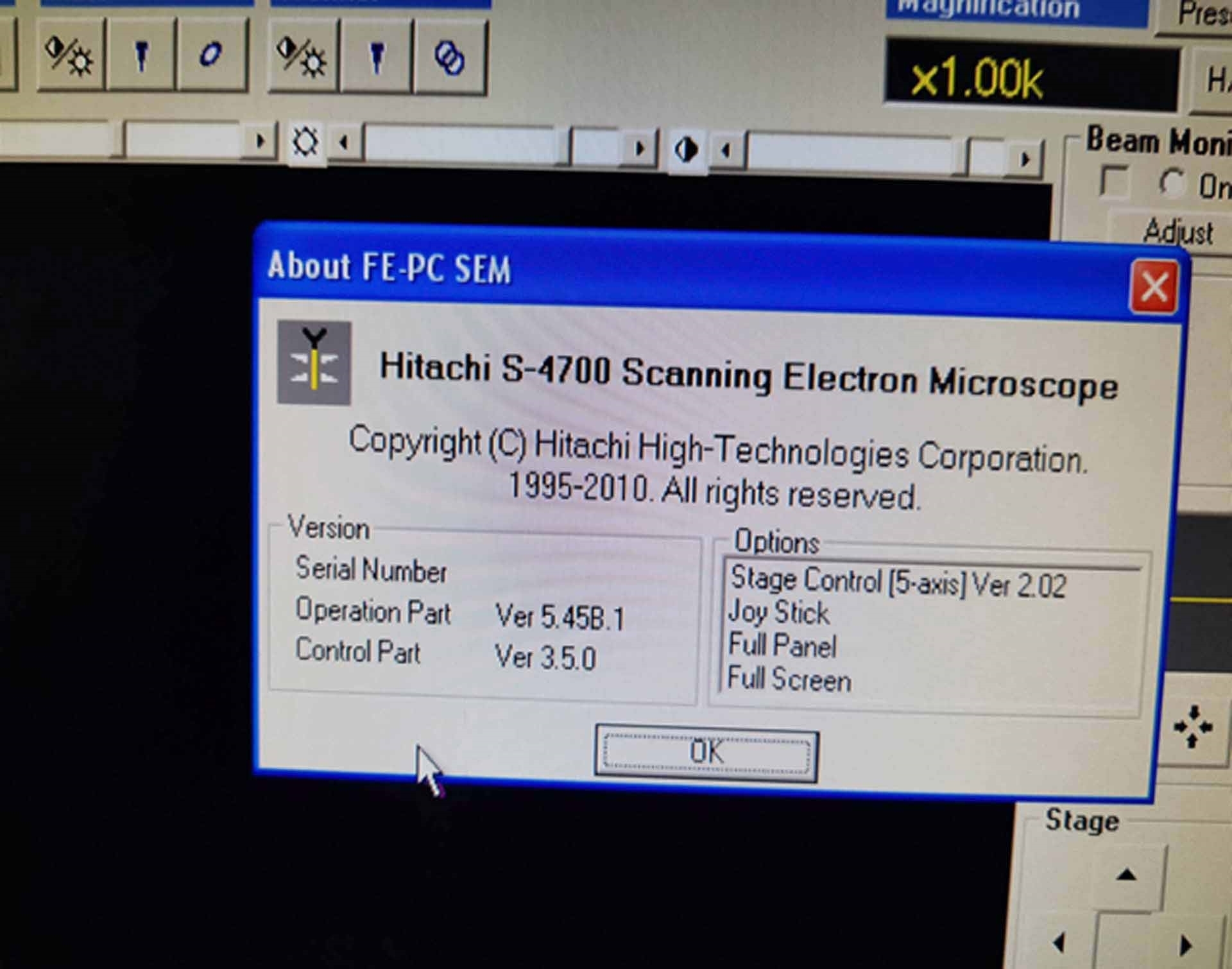

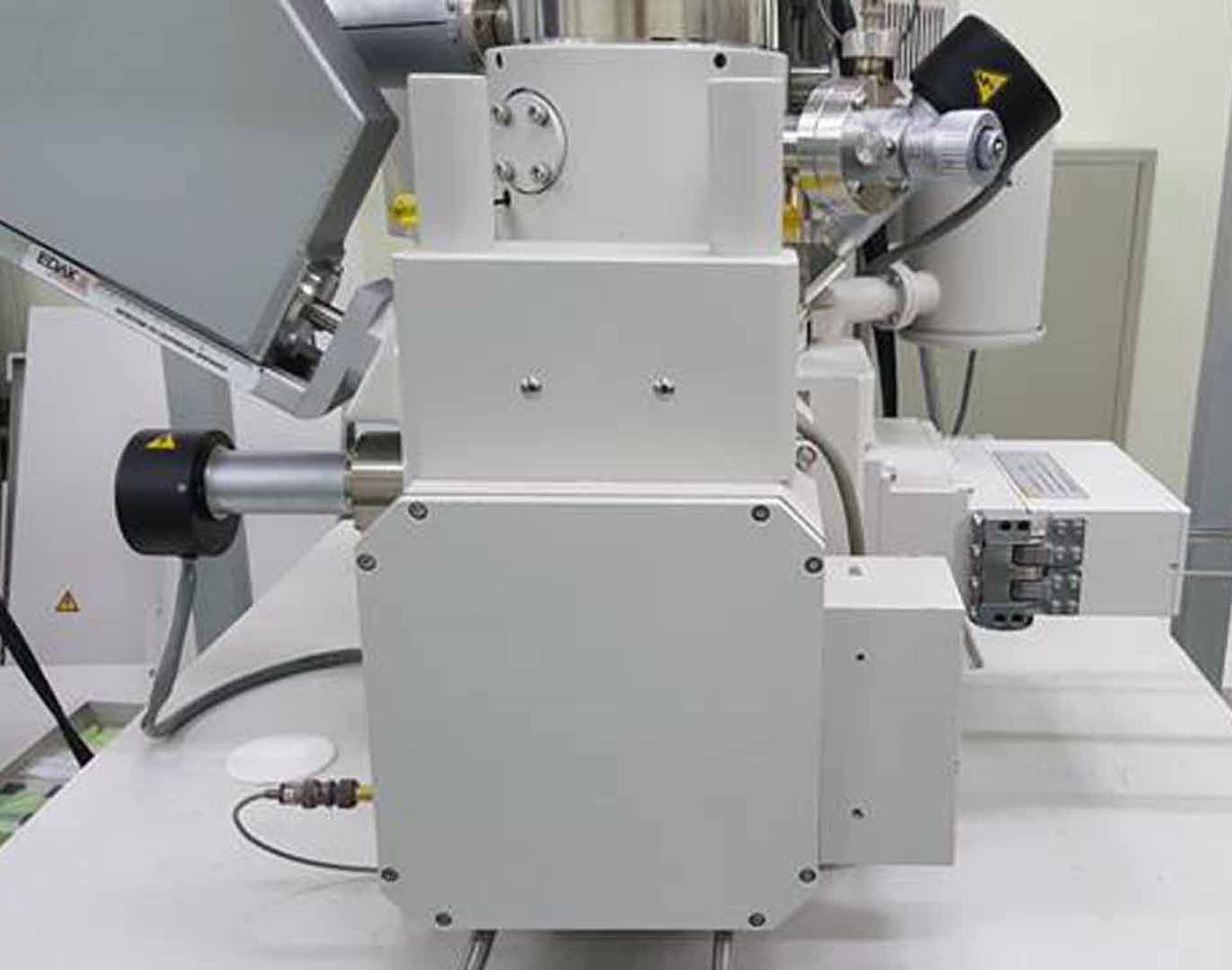

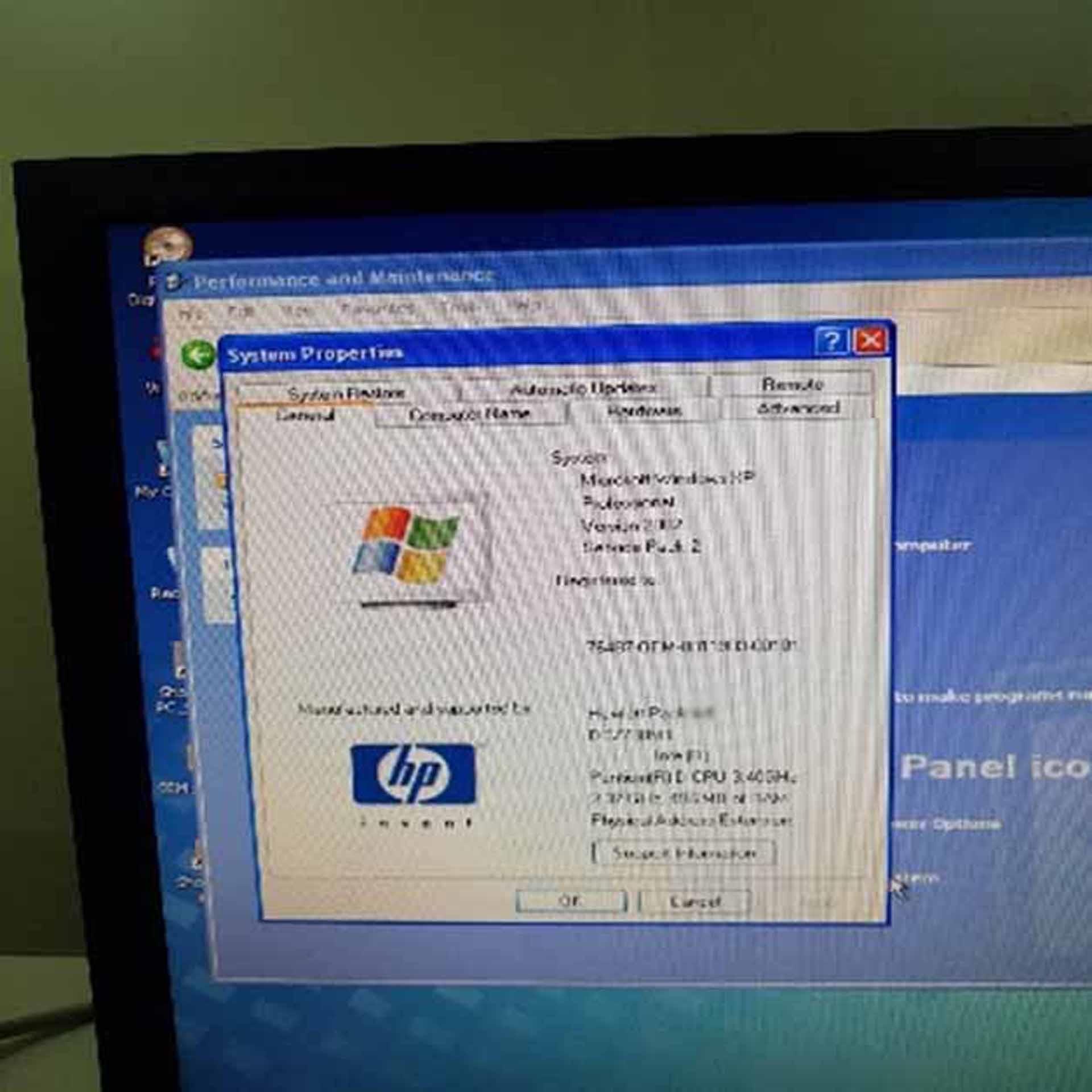

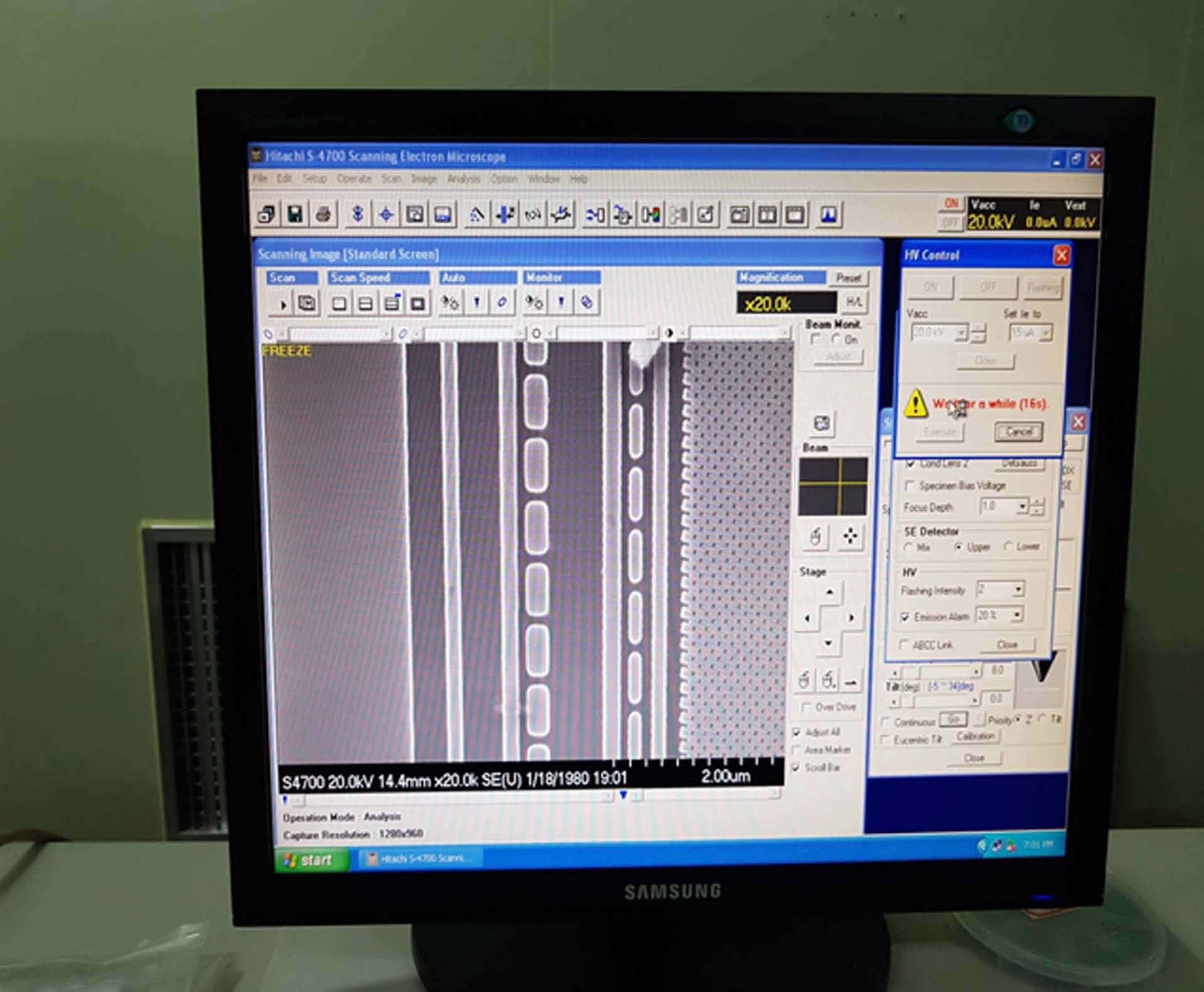

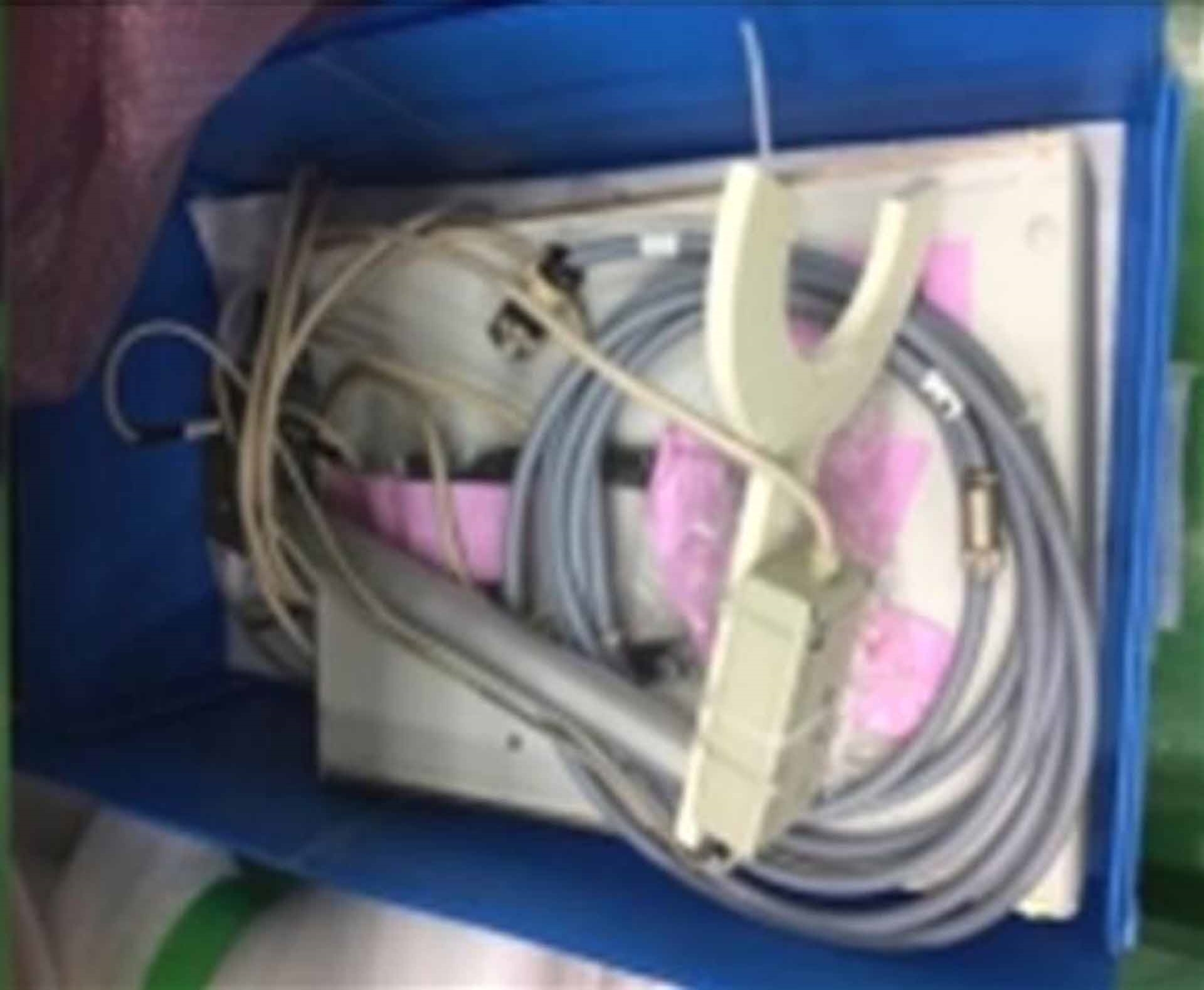

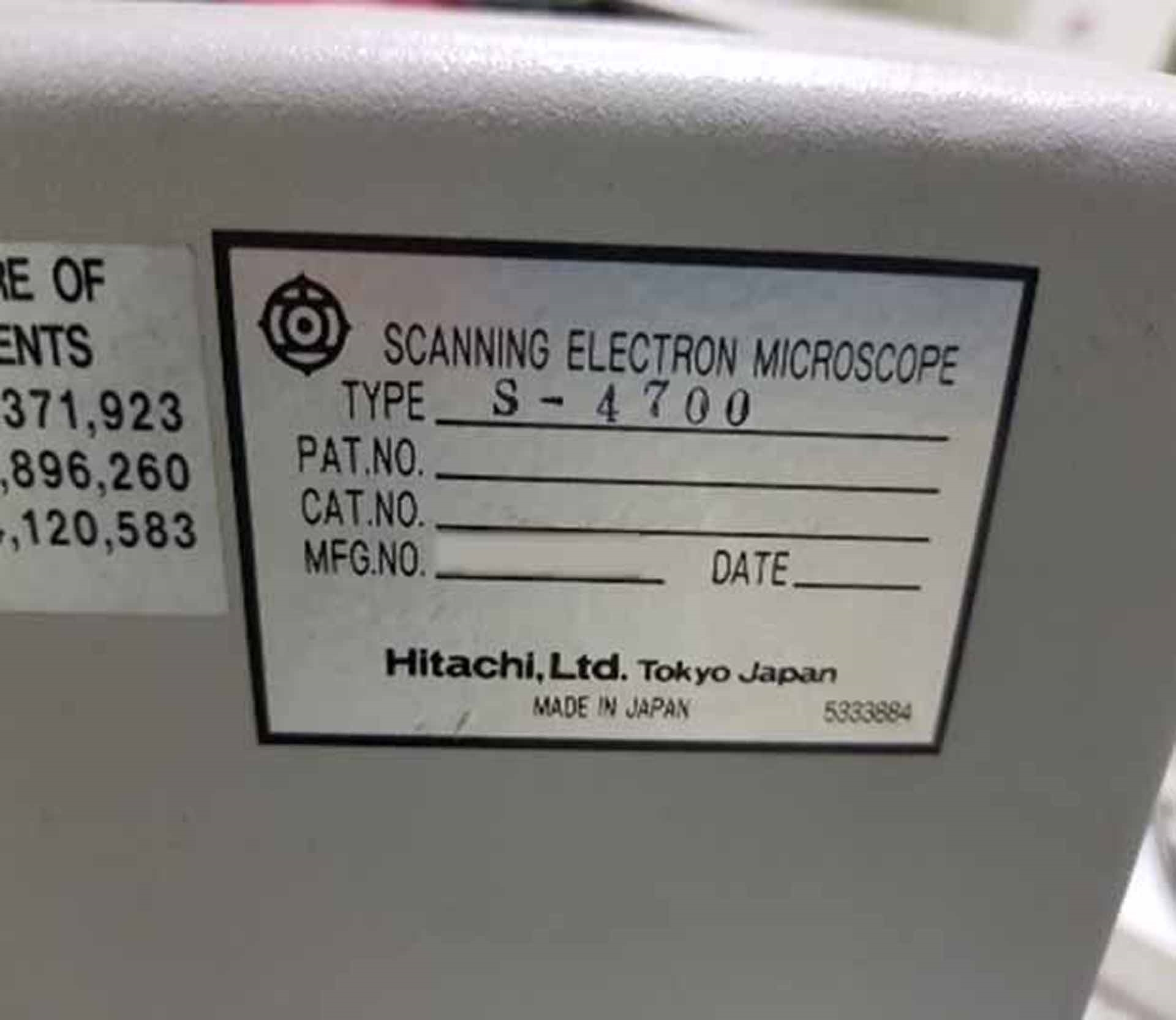

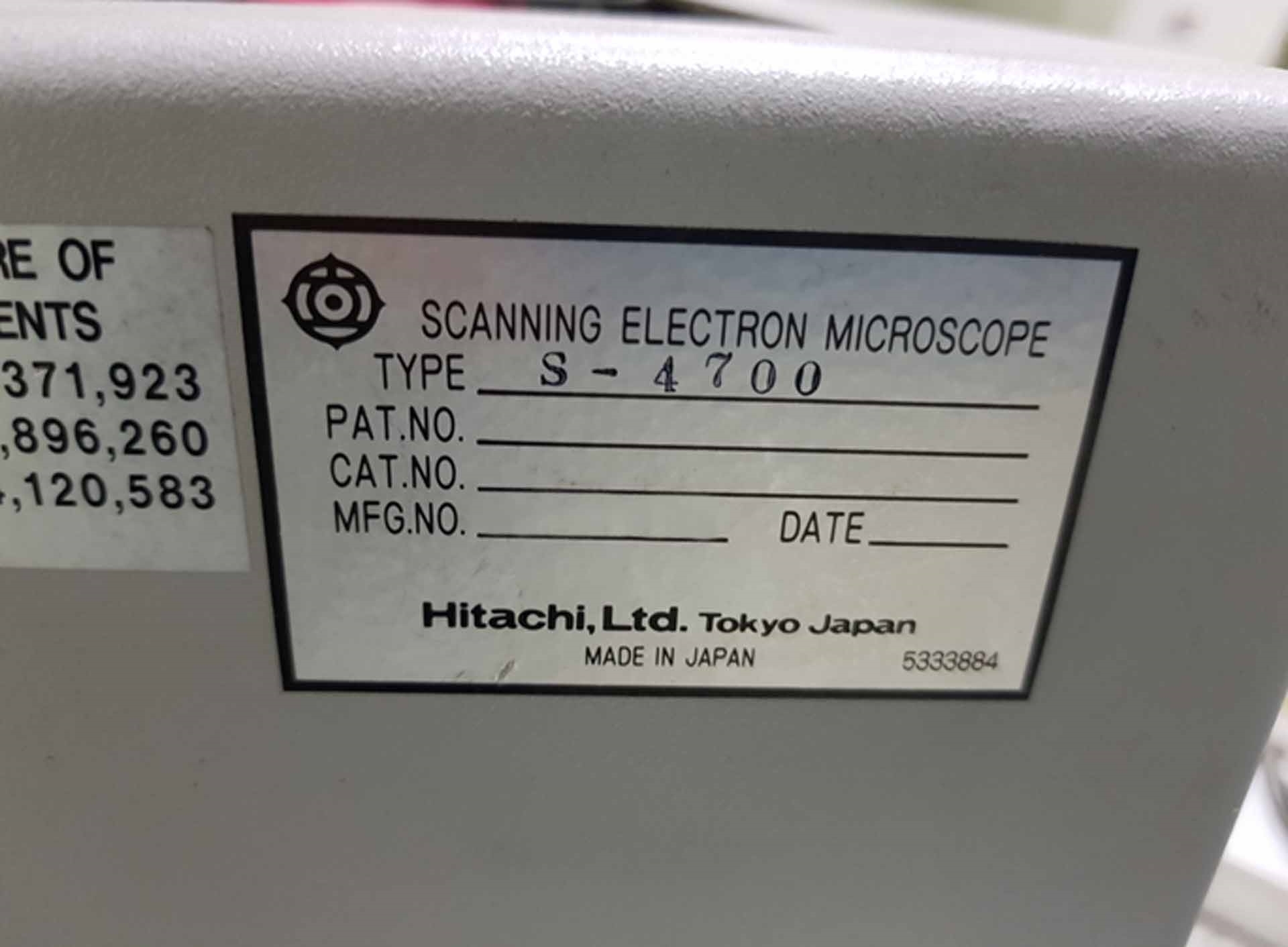

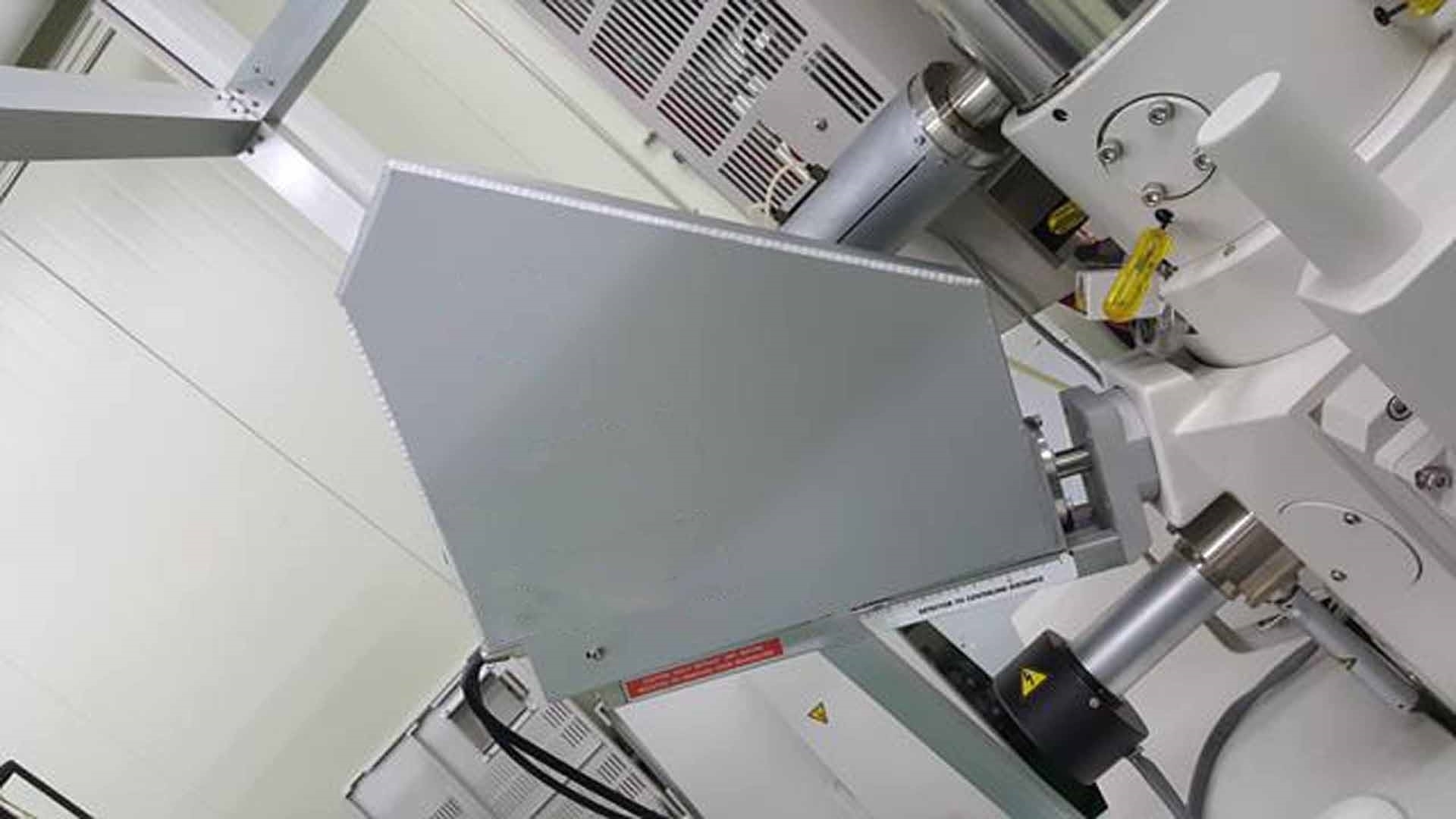

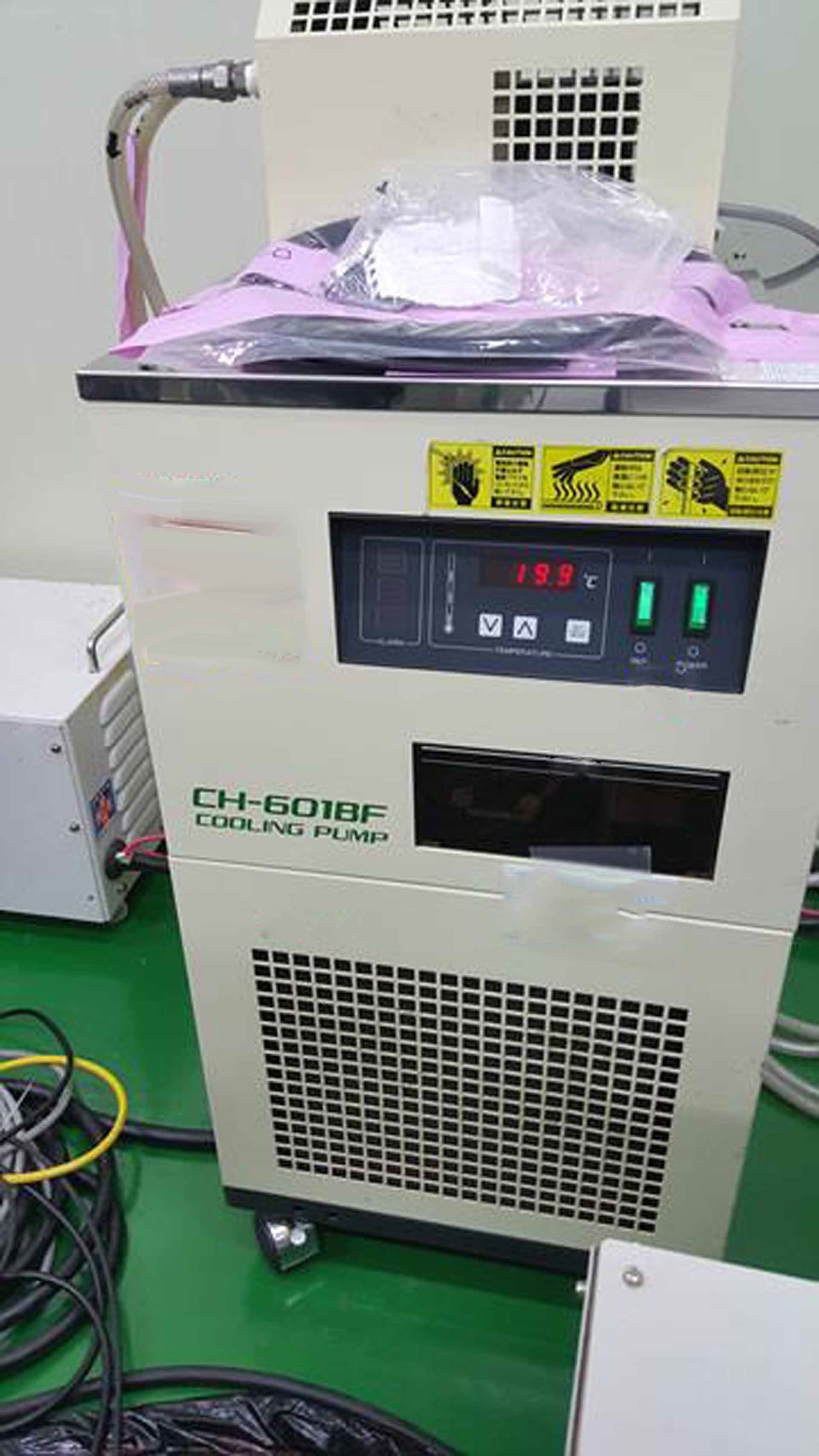

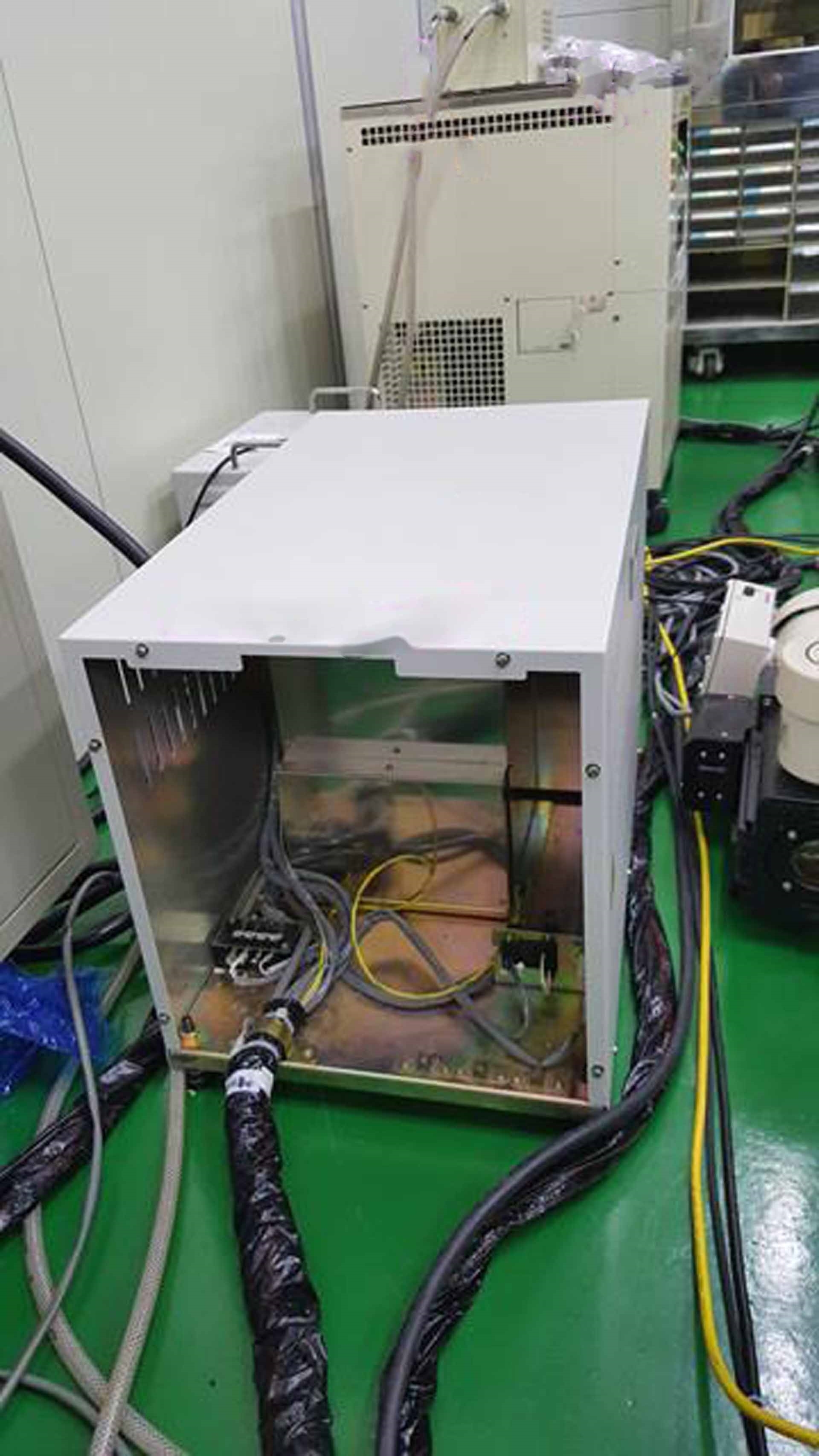

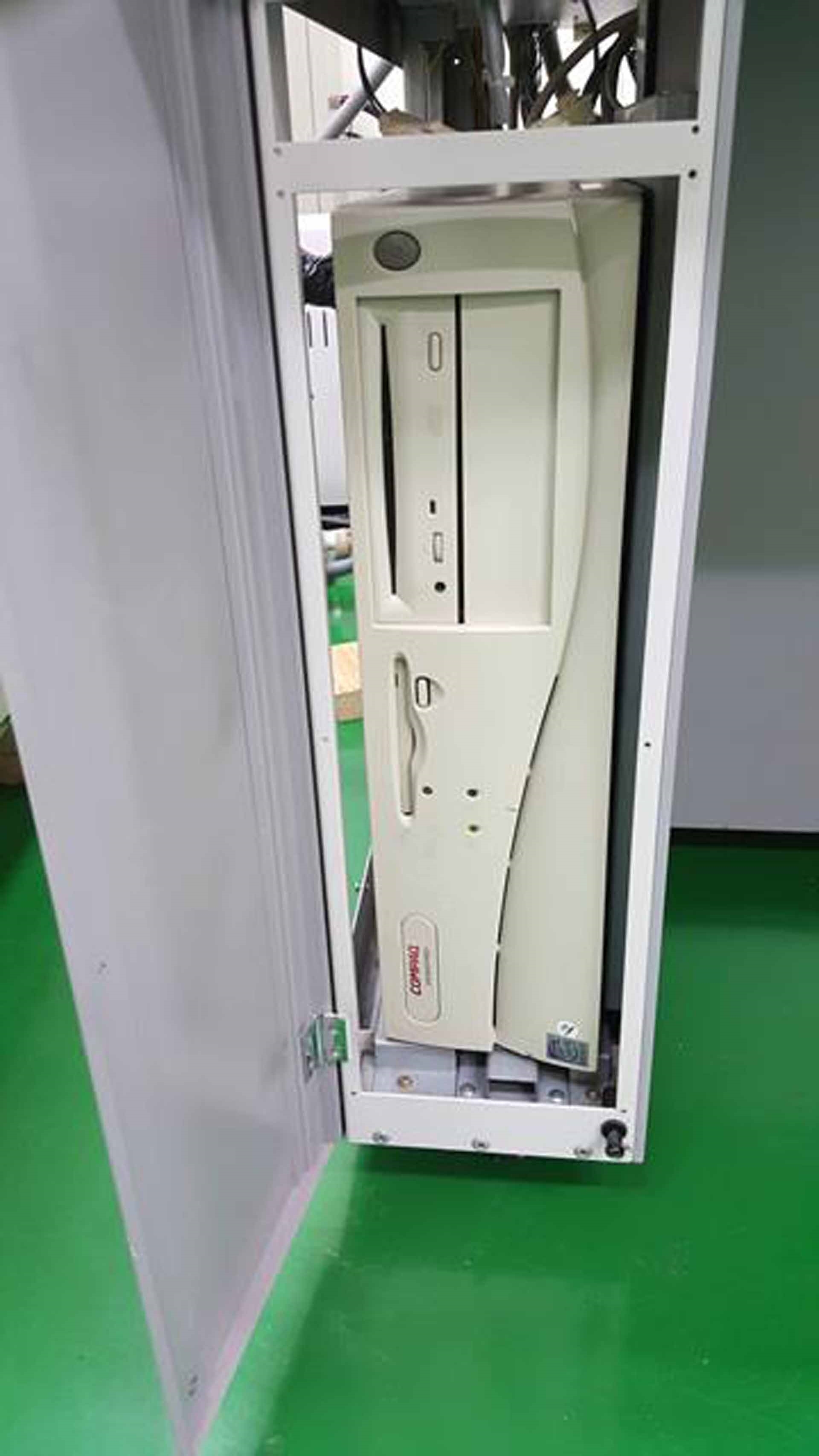

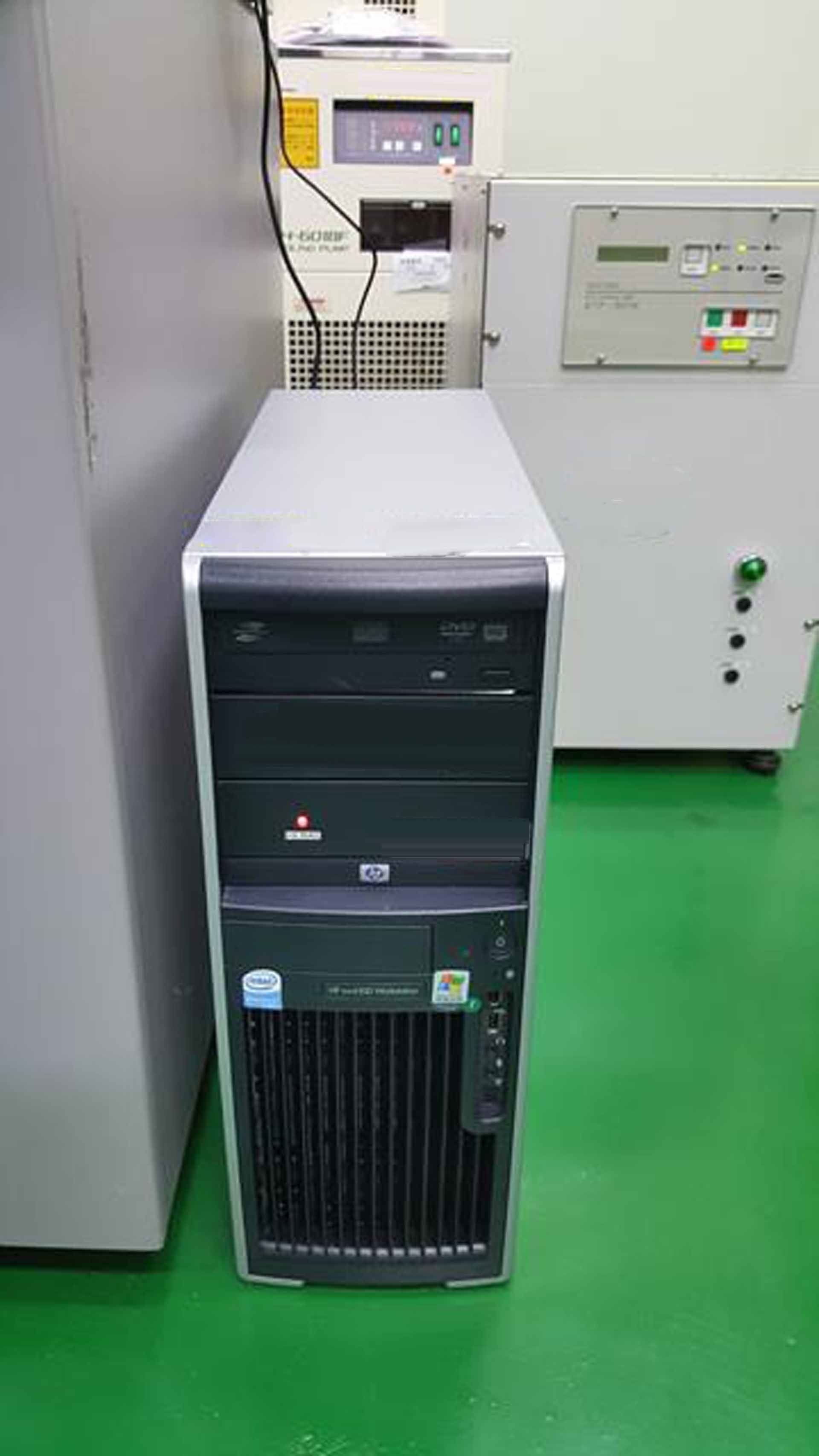

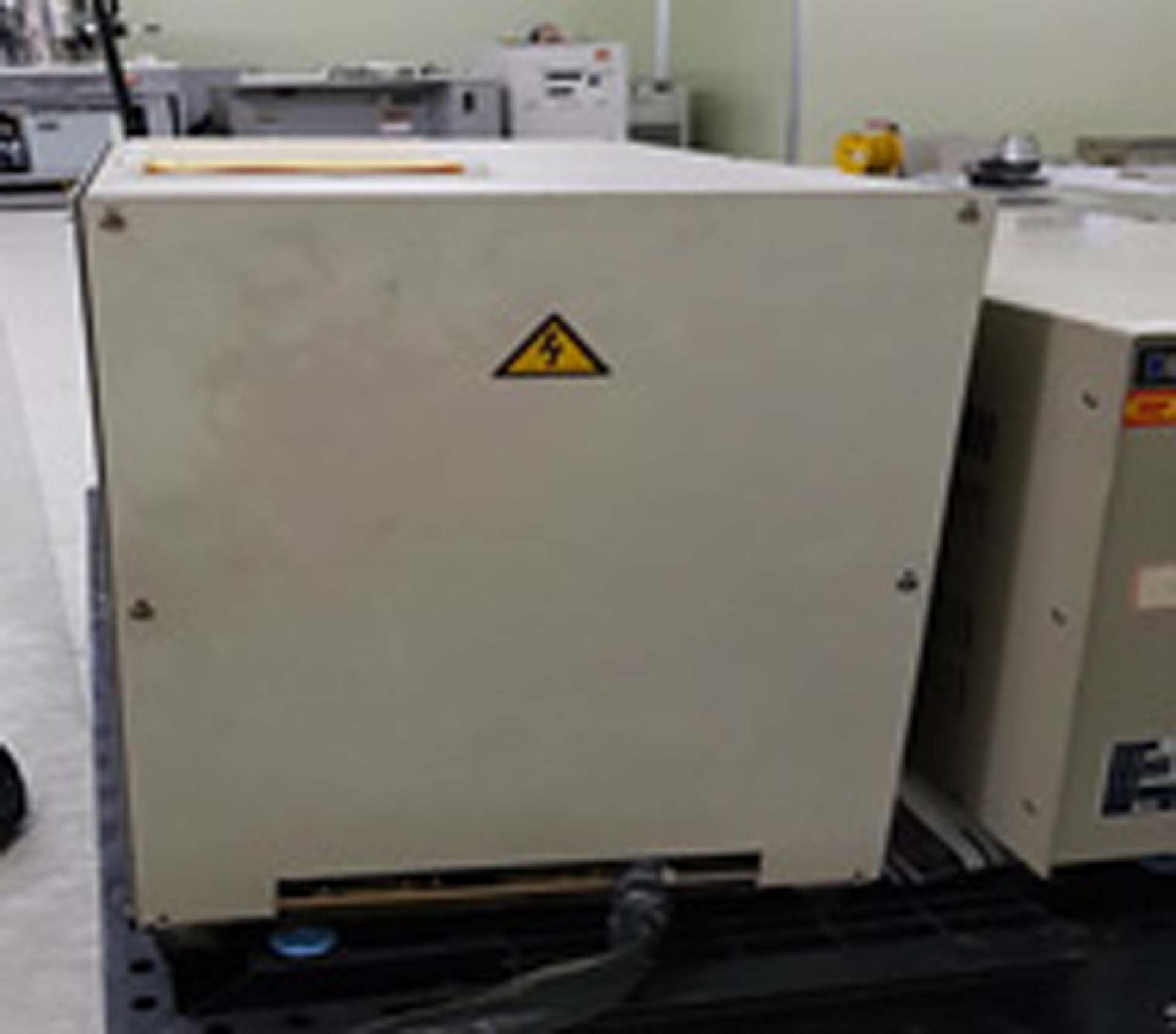

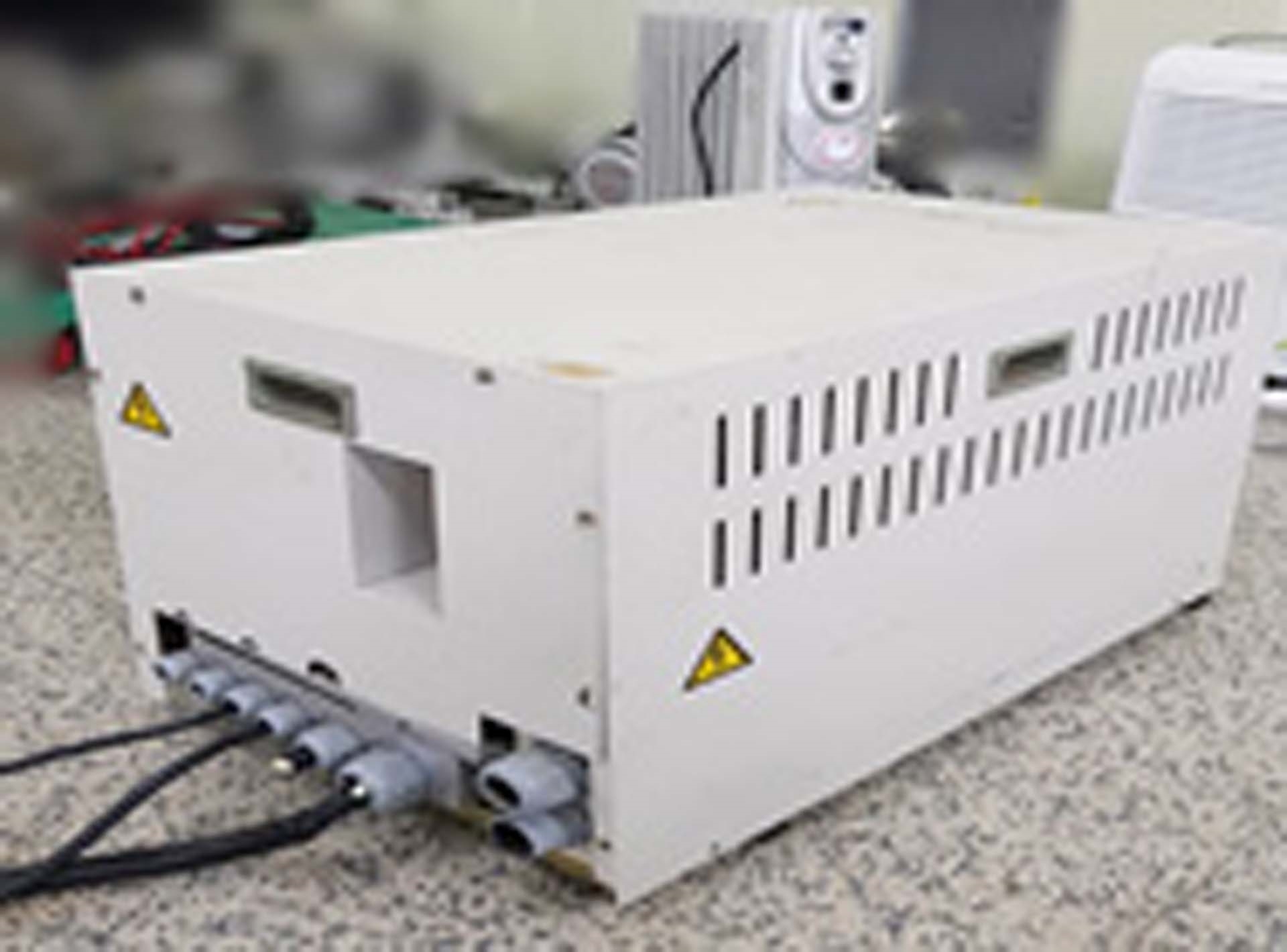

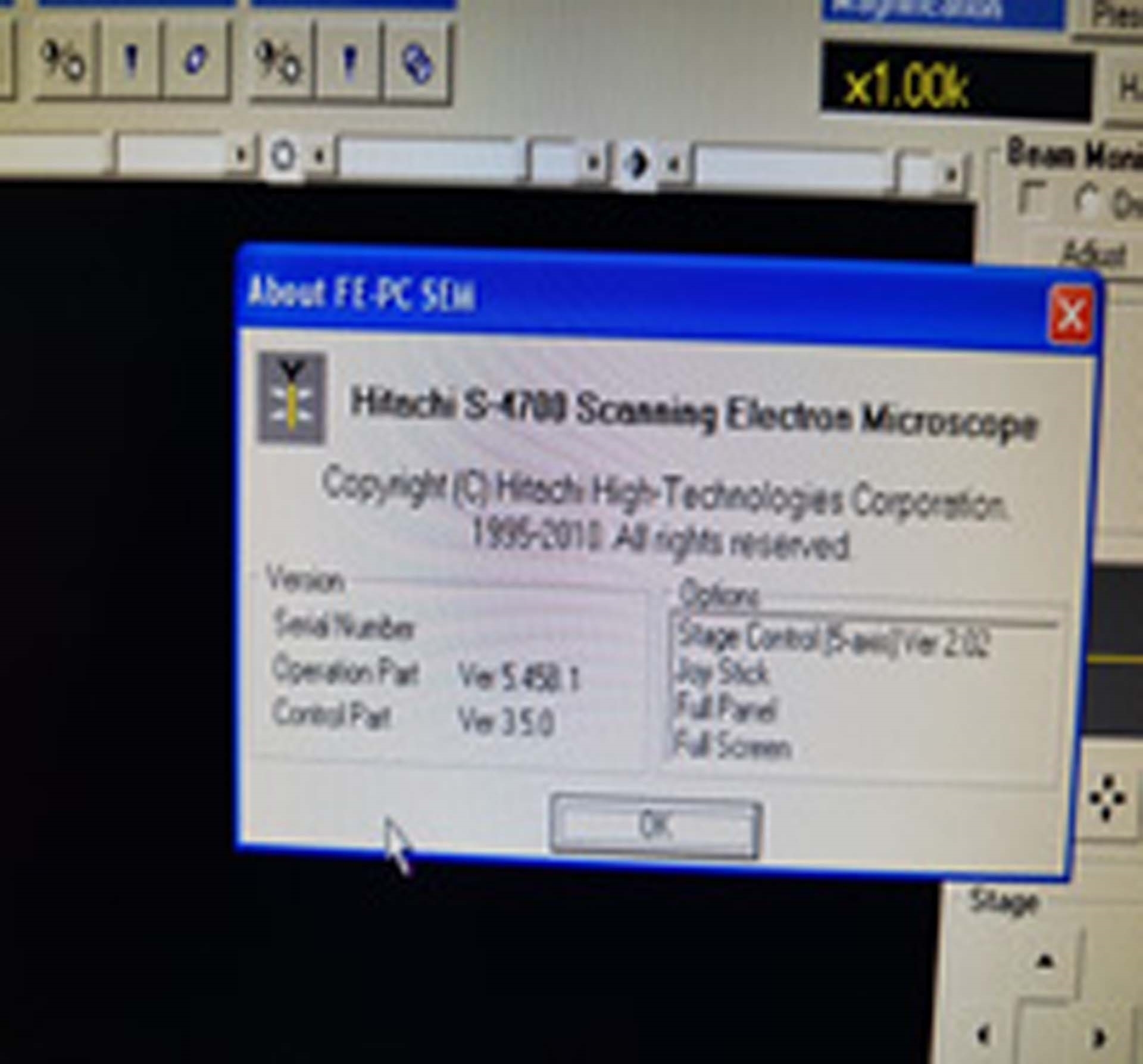

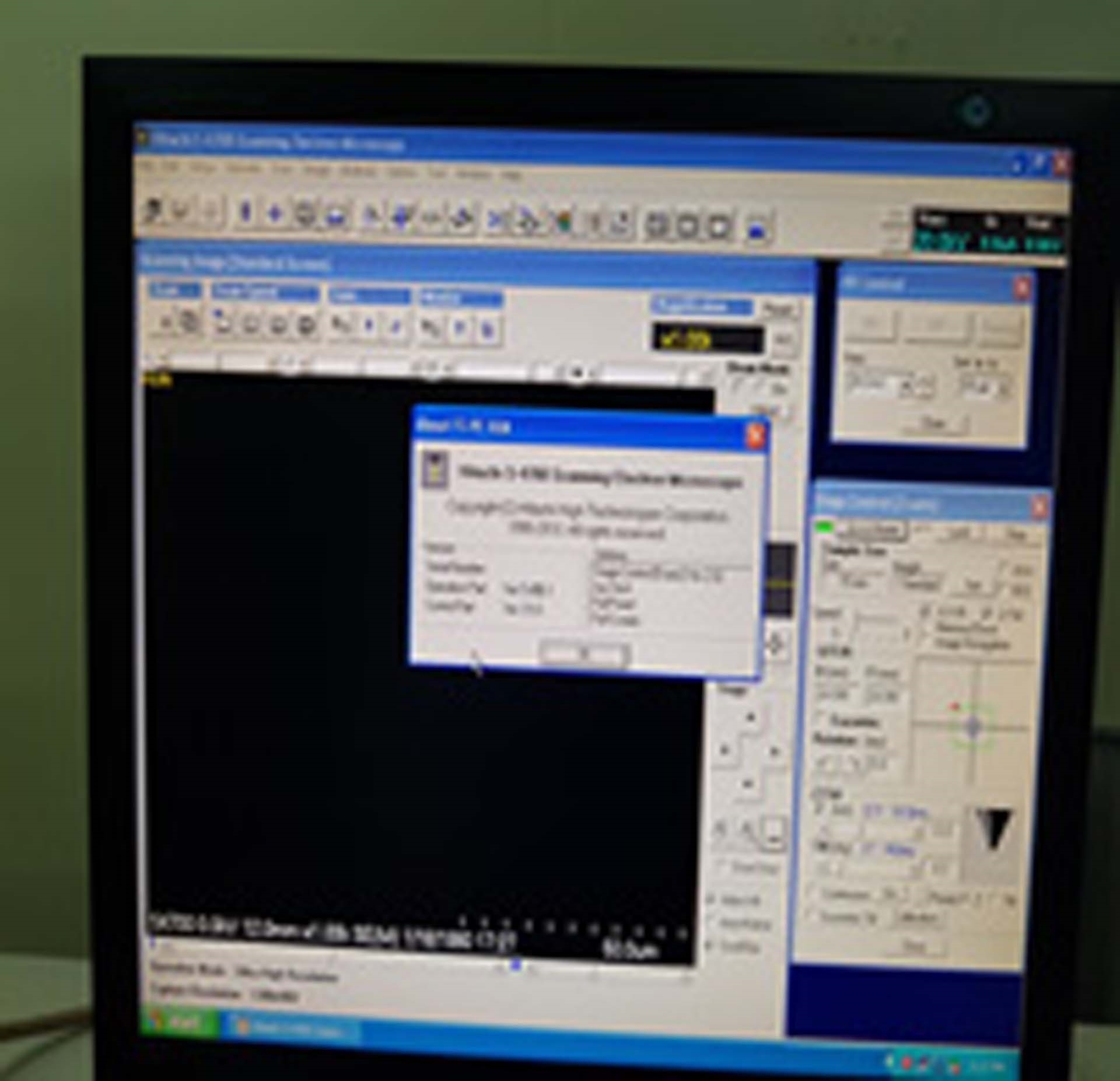

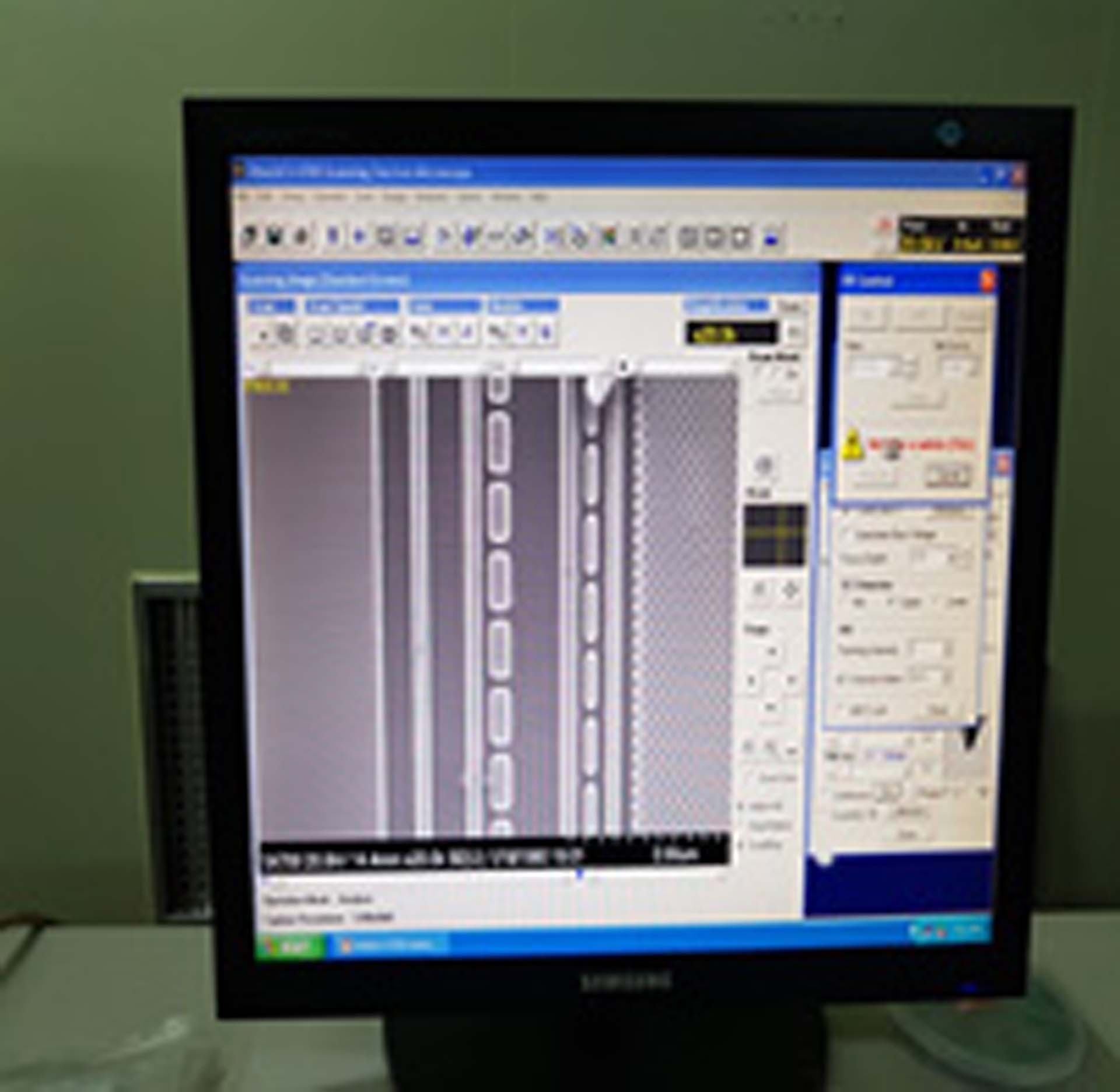

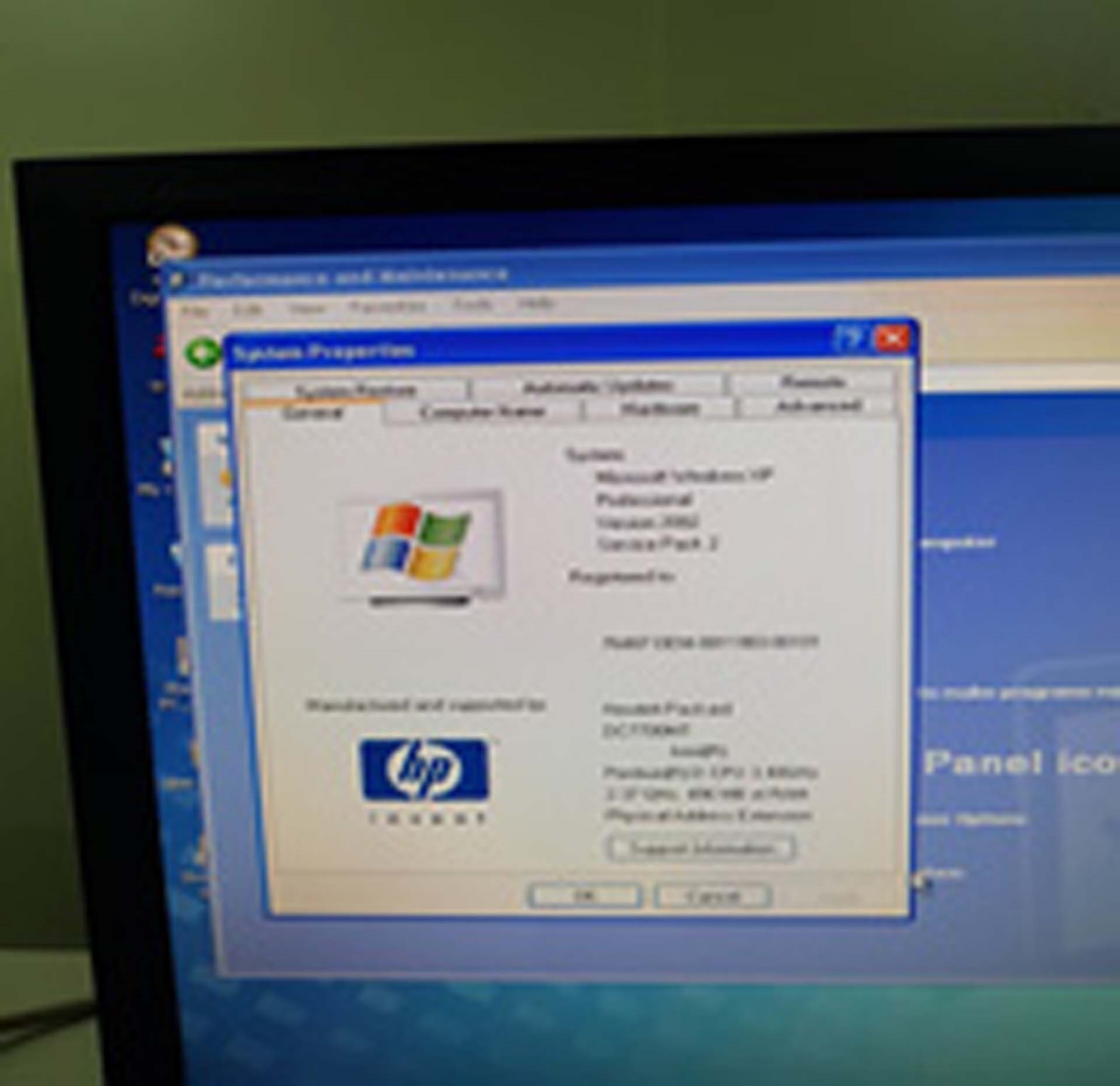

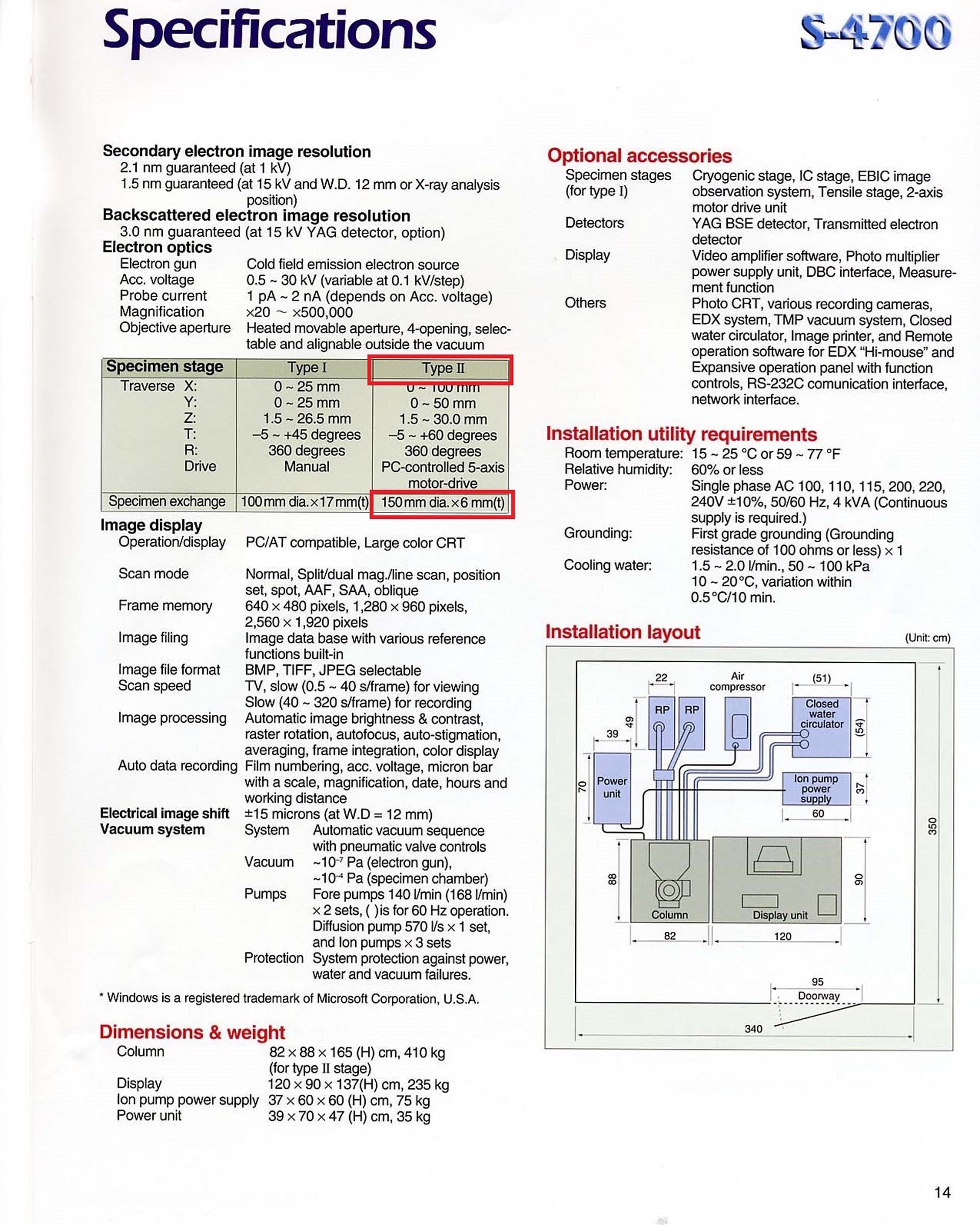

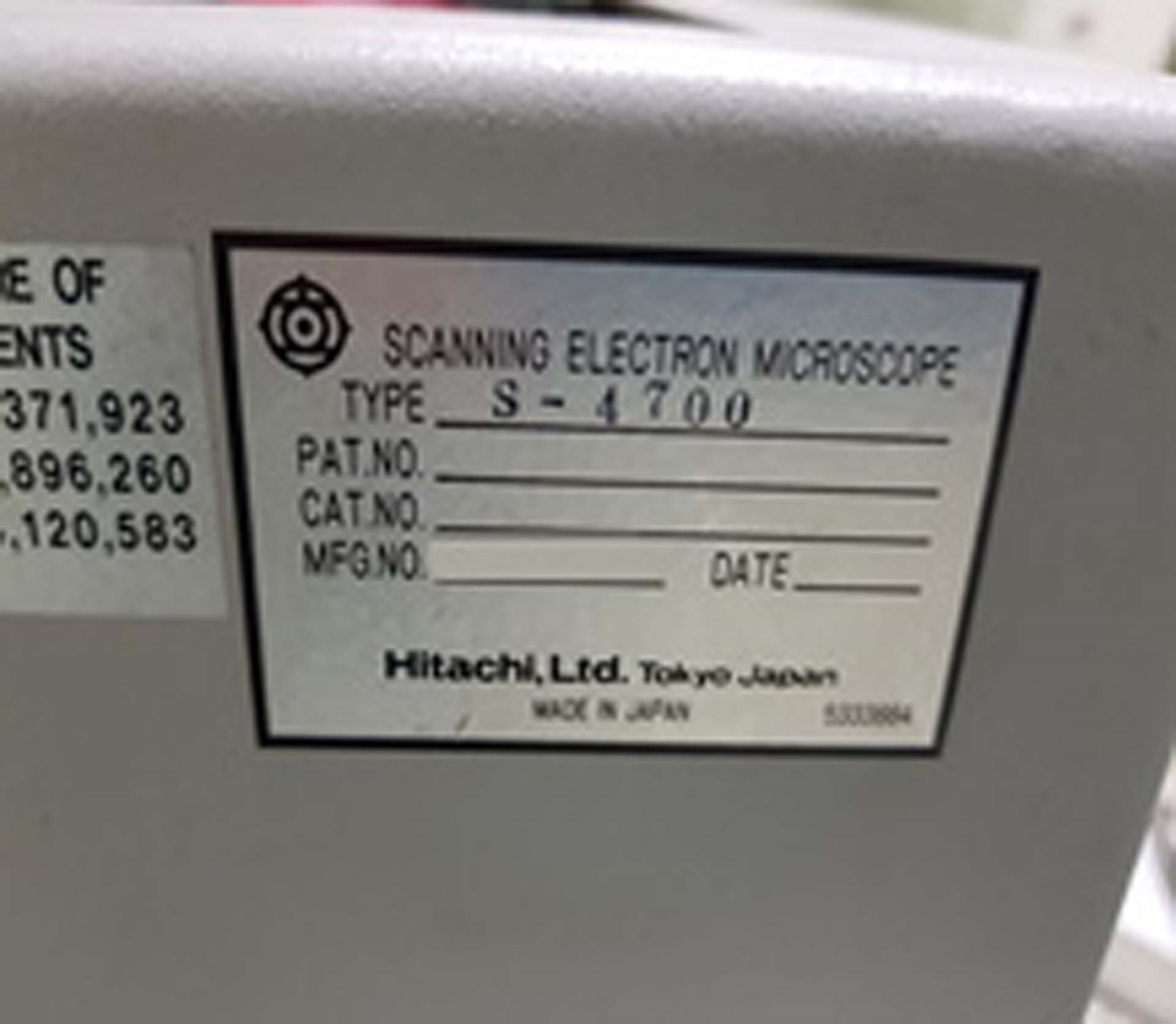

ID: 9226563
Vintage: 1998
Field Emission Scanning Electron Microscope (FE-SEM), 6"
Substrates, 6"
Main unit:
HITACHI FE Tip (Vext 4.7)
(4) BARTON Ion pumps
Main chamber pump: Diffusion pump
Stage: Type 2 (5 Axes motor)
(2) SE Detectors
Ion pump power: HITACHI Electron
BSE Detector
Vibration isolation table
Utility:
(2) Rotary pumps
Down transformer: Auto transformer
(2) Pumping hose types
Resolution:
Accelerating voltage: 15 kV
Working distance: 12 mm - 1.5 nm
Accelerating voltage: 1 kV
Working distance: 2.5 mm - 2.5 nm
Magnification:
High magnification mode: 100x to 500,000x
Low magnification mode: 20x to 2,000x
Electron optics:
Electron gun: Cold cathode field emission type
Extracting voltage (Vext): 0 to 6.5 kV
Accelerating voltage (Vacc): 0.5 to 30 kV (in 100 V steps)
Lens: 3 Stages electromagnetic lens, reduction type
Objective lens aperture: Movable aperture (4 Openings selectable / Alignable outside column)
Self-cleaning thin aperture
Astigmatism correction coil (Stigmator) type: Electromagnetic
Scanning coil type: 2 Stages electromagnetic-deflection
Specimen stage:
X Traverse: 0 to 25 mm
Y Traverse: 0 to 25 mm
Z Traverse: 2.5 to 27.5 mm
Tilt: -5° to +45°
Airlock type:
Specimen exchange: 100 mm (Diameter)
Display unit:
Display type: LCD Monitor
Photo CRT (Option): Ultra-high resolution (Effective field of view 120 × 90 mm)
Control PC: COMPAQ DC7700
Control panel: HITACHI Image control panel
Keyboard: HP 101 Keyboard (English)
Operating system: Windows XP
Scanning modes: (Normal scan)
Reduced area scan
Line scan
Sport analysis
Average concentration analysis
Scanning speeds: Fast, slow 0.5 to 40 / sec per frame for viewing 20/17, 40/33, 80/67, 160/167, 320/333 sec per frame for photo mode
Value of (50 / 60 Hz)
Fast: NTSC / PAL Signal
Evacuation system:
System type: Fully automatic pneumatic-valve system
Ultimate vacuum levels:
Specimen chamber: 7 x 10^-4 Pa
Electron gun chamber:
IP-1: 1 x 10^-7 Pa / Better
IP-2: 2 x 10^-6 Pa / Better
IP-3: 7 x 10^-5 Pa / Better
Vacuum pumps:
Electron optical system: (3) Ion pumps
Specimen chamber: Turbo molecular pump
(2) Oil rotary pumps
Compressor: Oil-less type compressor
Protection devices:
Power failure
Cooling-water interruption
Inadequate vacuum
1998 vintage.
HITACHI S-4700 Type II is a scanning electron microscope (SEM) that enables high resolution images of surfaces, thin films, and other materials. It enables magnification greater than 10,000 times and produces sophisticated imaging results. The design of the system incorporates great precision, portability, and efficient operation. HITACHI S 4700 TYPE II SEM is composed of an optical column, an electronics cabinet, a sample chamber, and a control console. It utilizes a field emission electron gun for emitting an electron beam in order to create high-resolution images. This electron beam is modulated and shaped utilizing the column optics for finely scanning the surface of the sample. It also has a large specimen table capable of holding specimens with a variety of shapes and sizes. The beam is then accelerated and focused onto a sample, generating a signal that is detected from the secondary and backscattered electrons that are discharged when the electrons hit the sample. This information is displayed on the control console which includes an adjustable-gain and signal processing control unit. The SEM control panel also enables the user to adjust the beam current/voltage, scan speed, spot size, and image storage settings. S-4700 Type II has a focus adjustment knob with a transmission electron microscopy (TEM) mode, which can provide more detailed images of ion sliced membranes. It also employs depth profiling, giving the user the ability to monitor depth profile of the specimen at various magnifications. Furthermore, a brightness adjustment knob provides users with the ability to reduce the level of signal noise and produce more contrasty images. This system produces very high quality images suitable for a variety of applications including cell biology, materials science, and metallography. It is an extremely well-built system that has been designed to withstand the rigors of laboratory use. It is easy to operate and its portability ensures convenience for field or remote use.
There are no reviews yet
